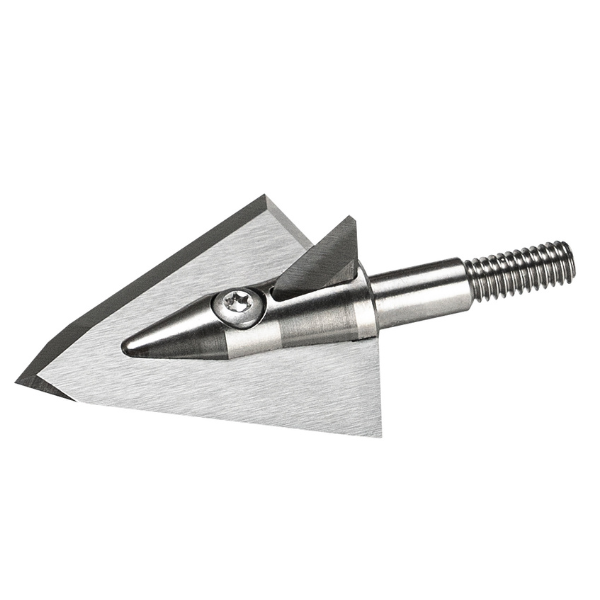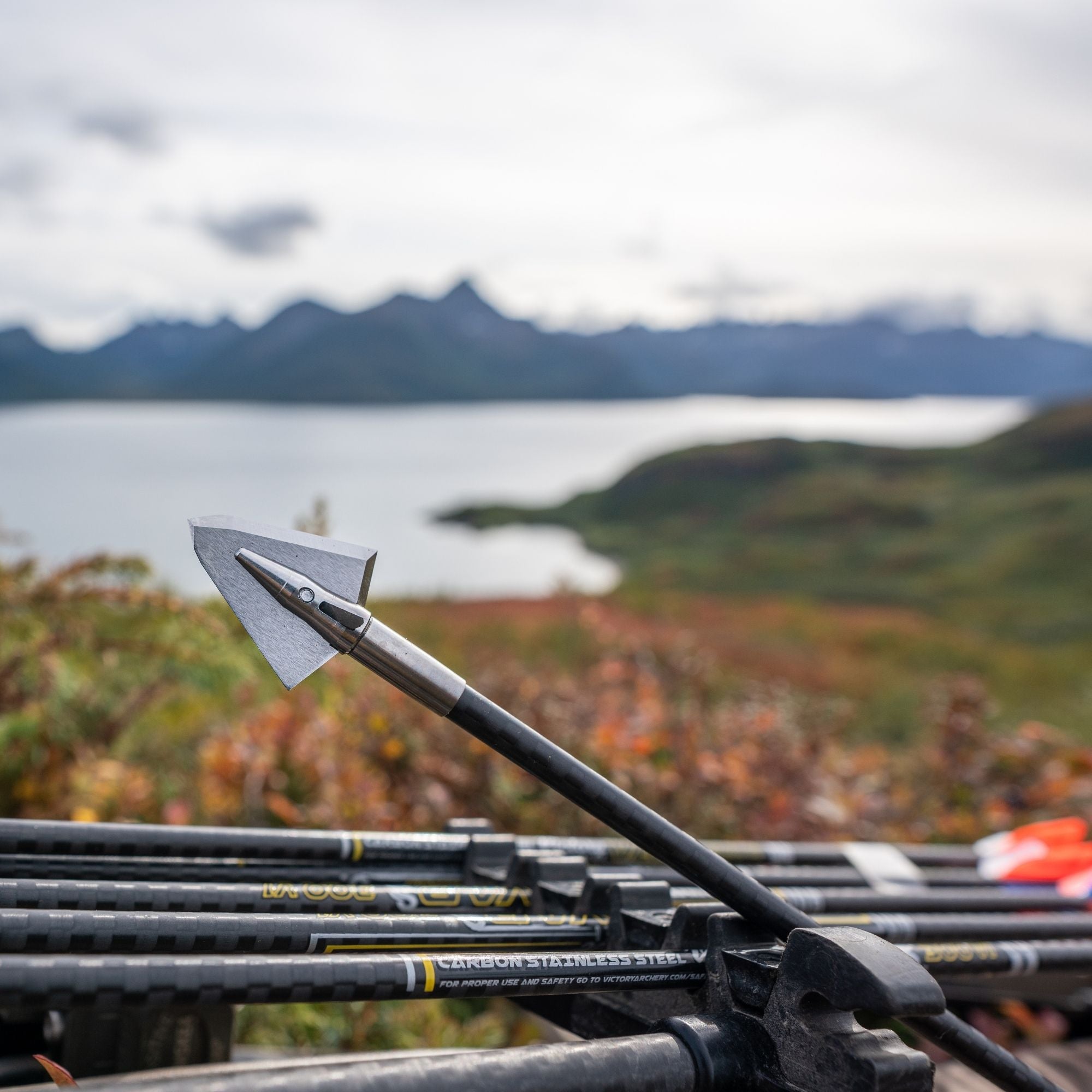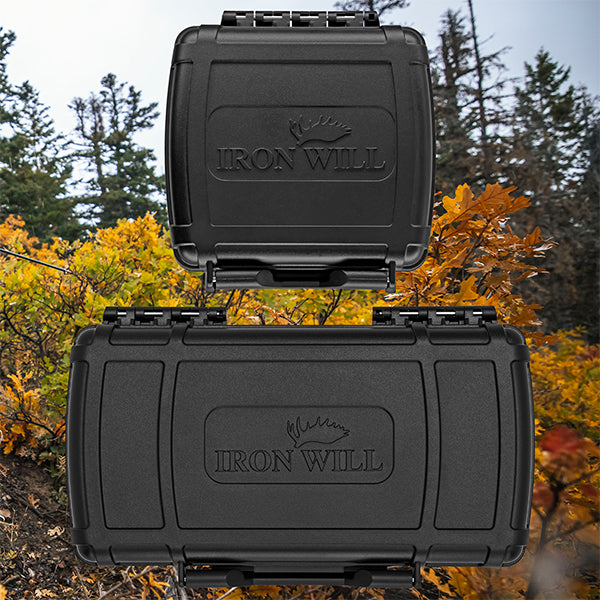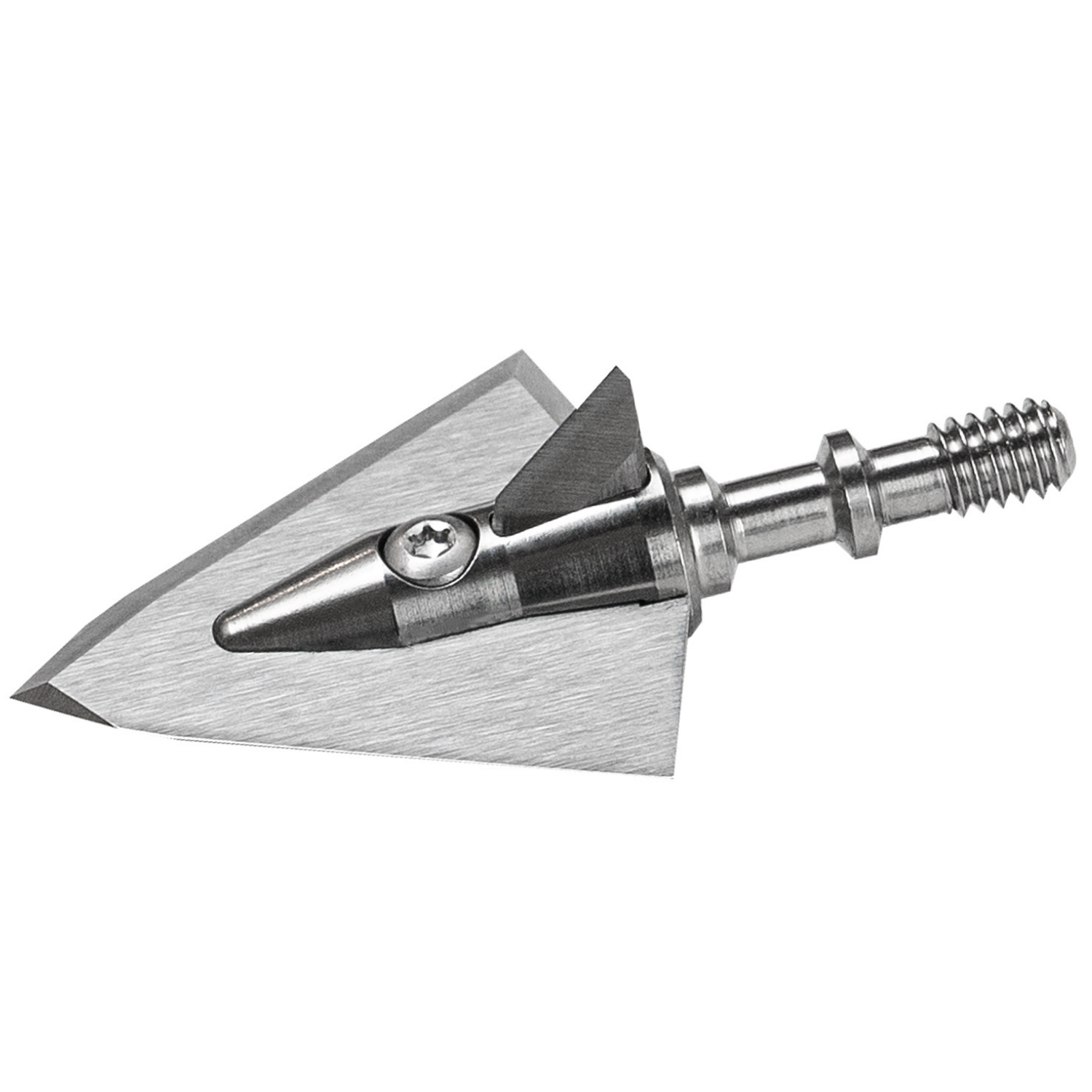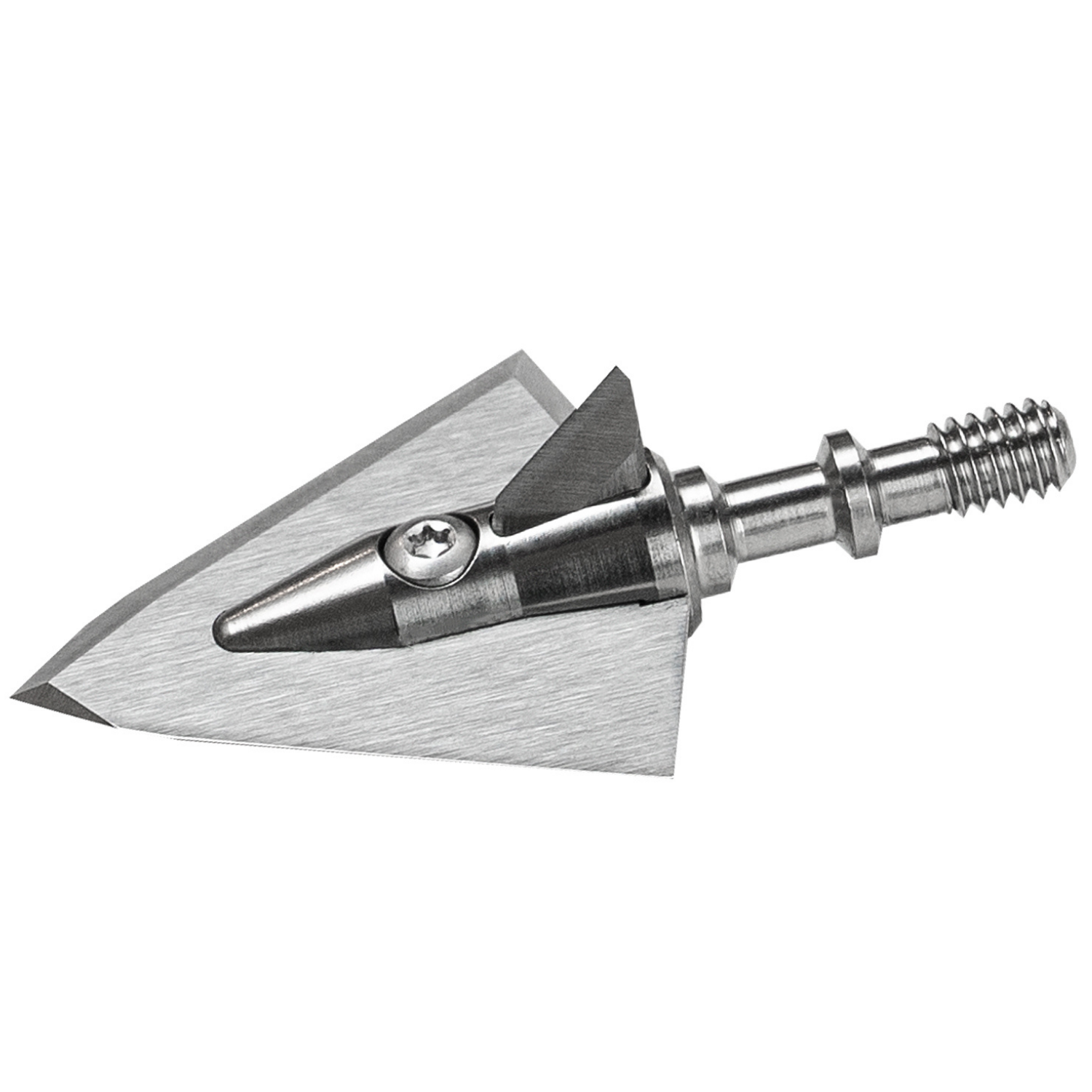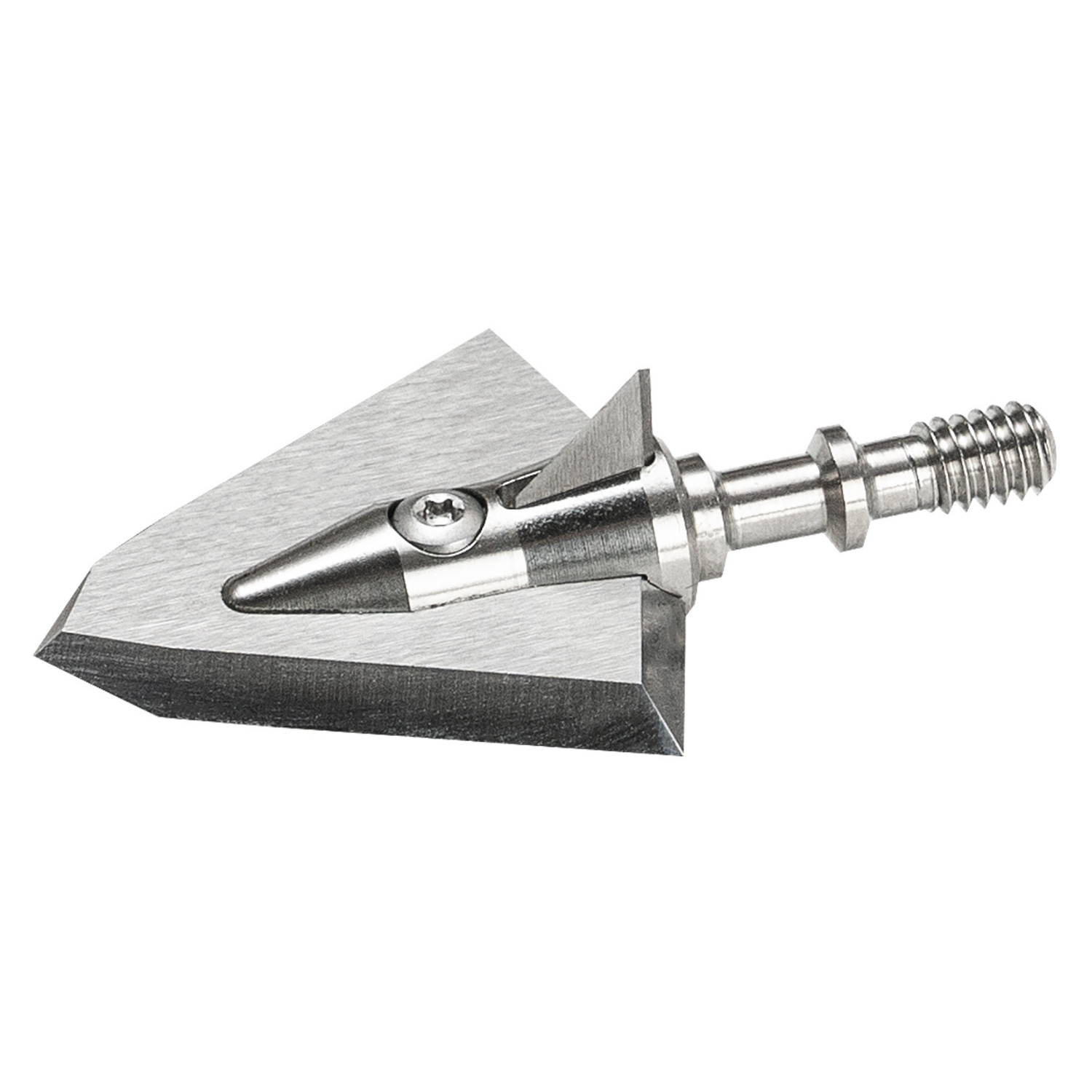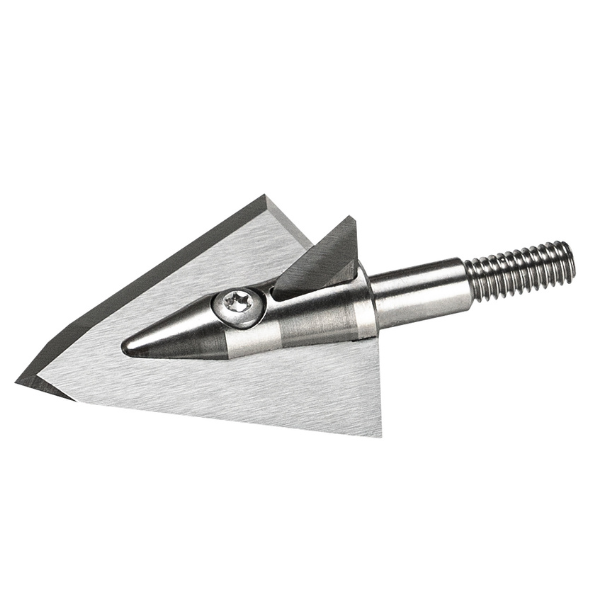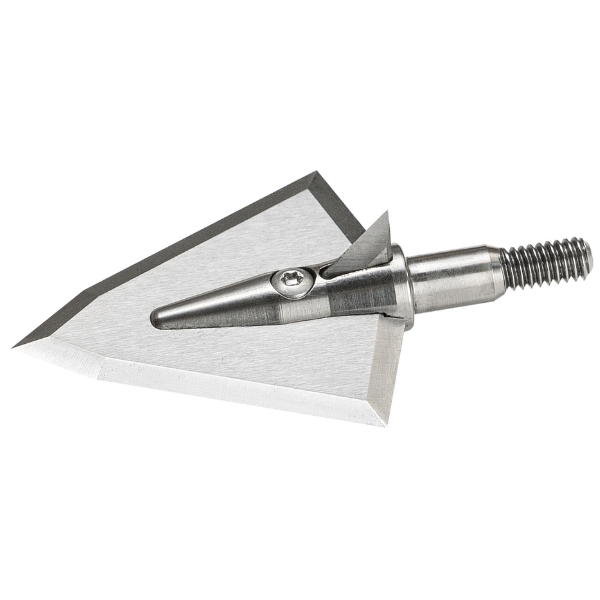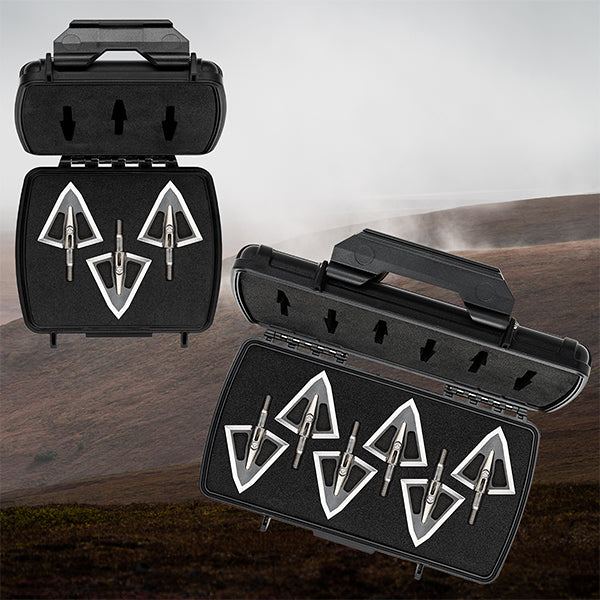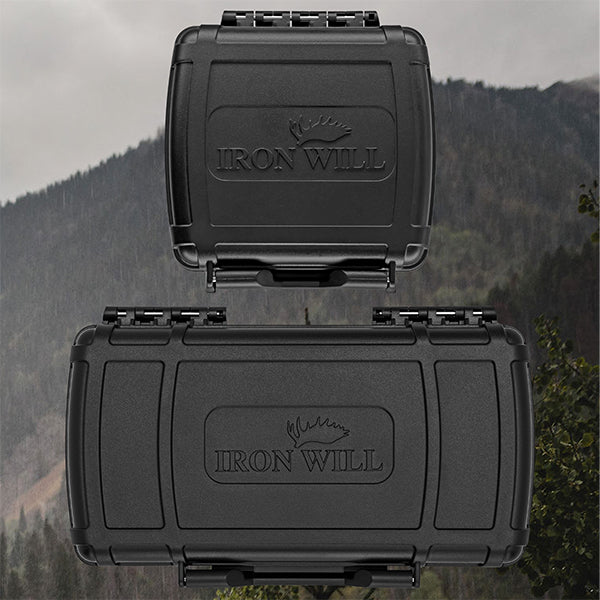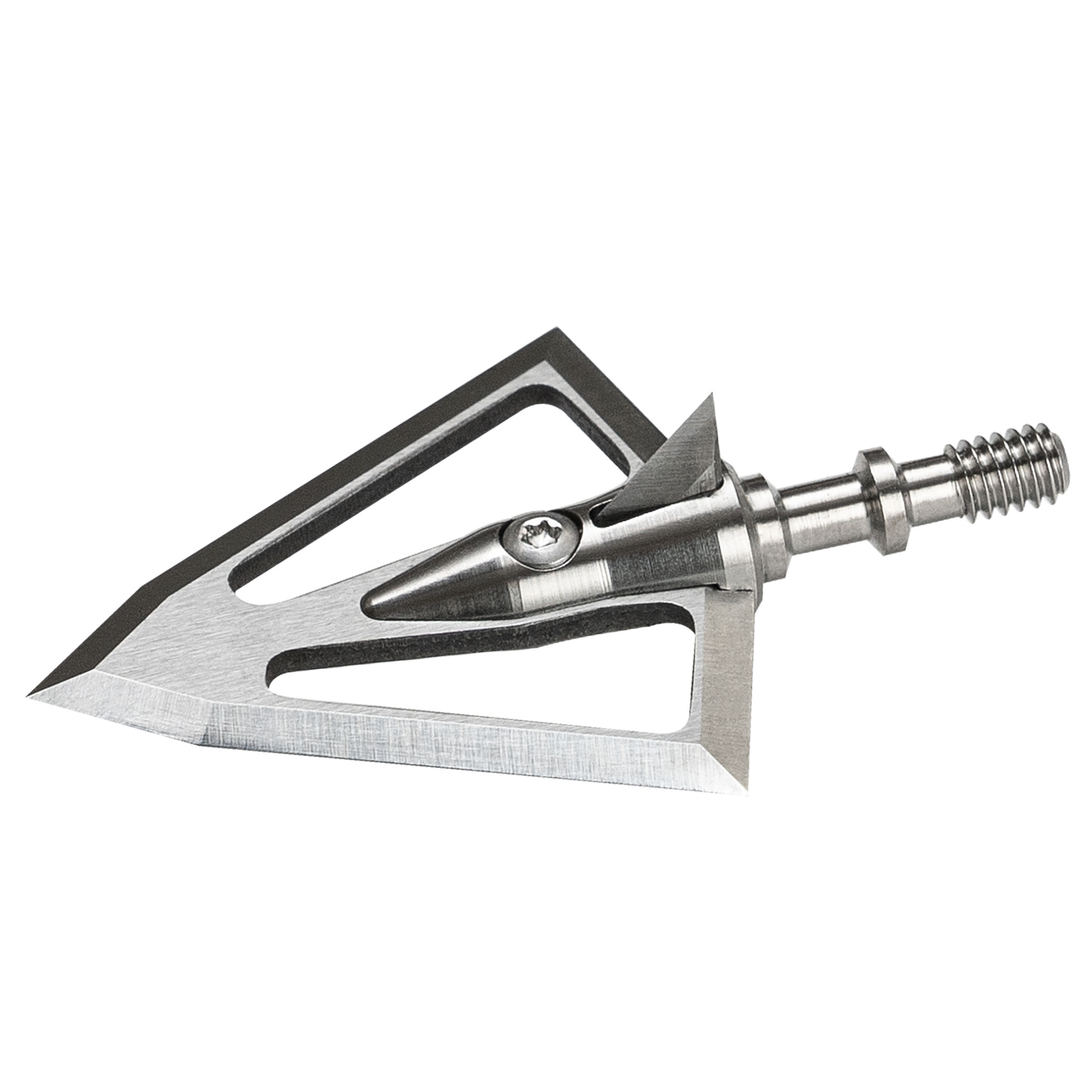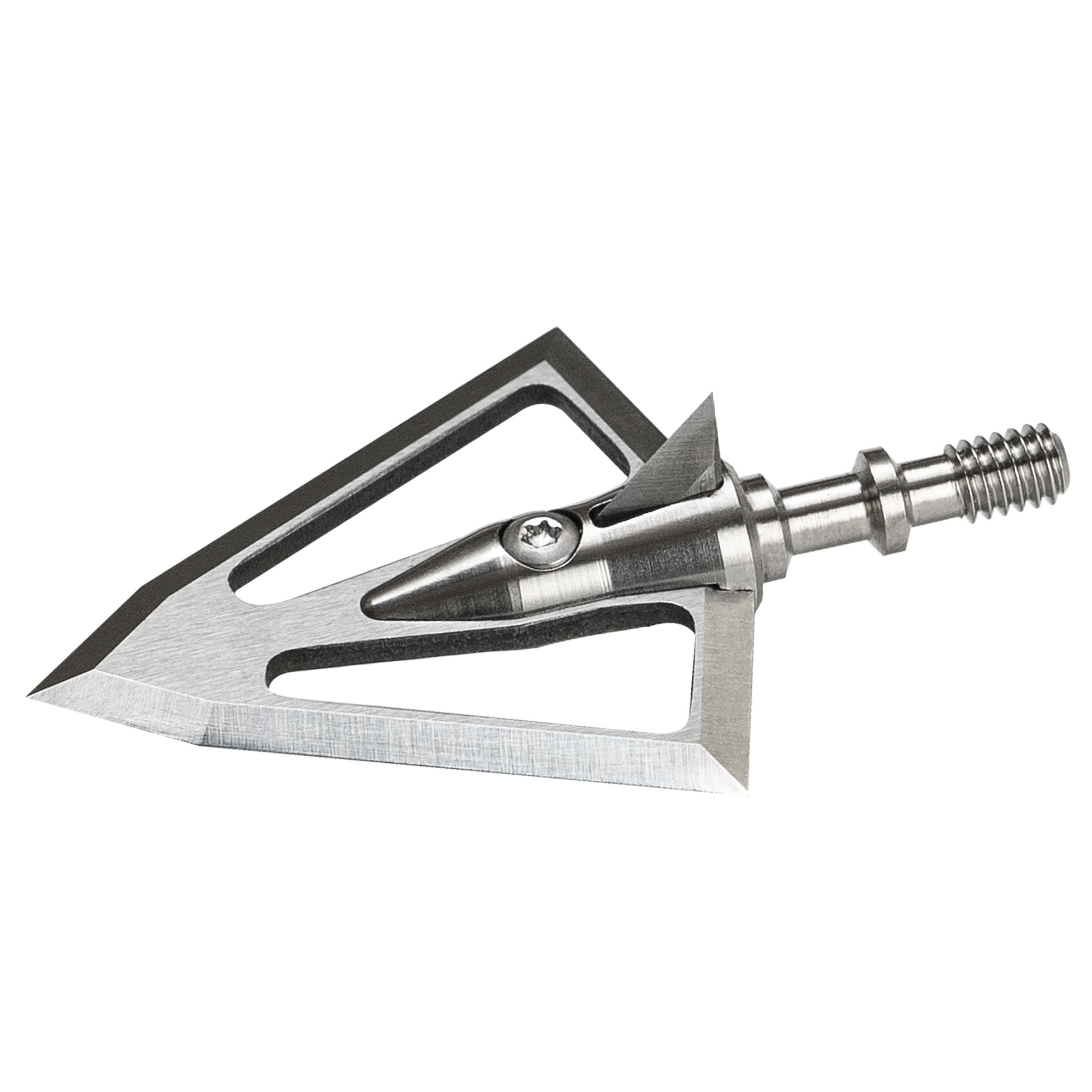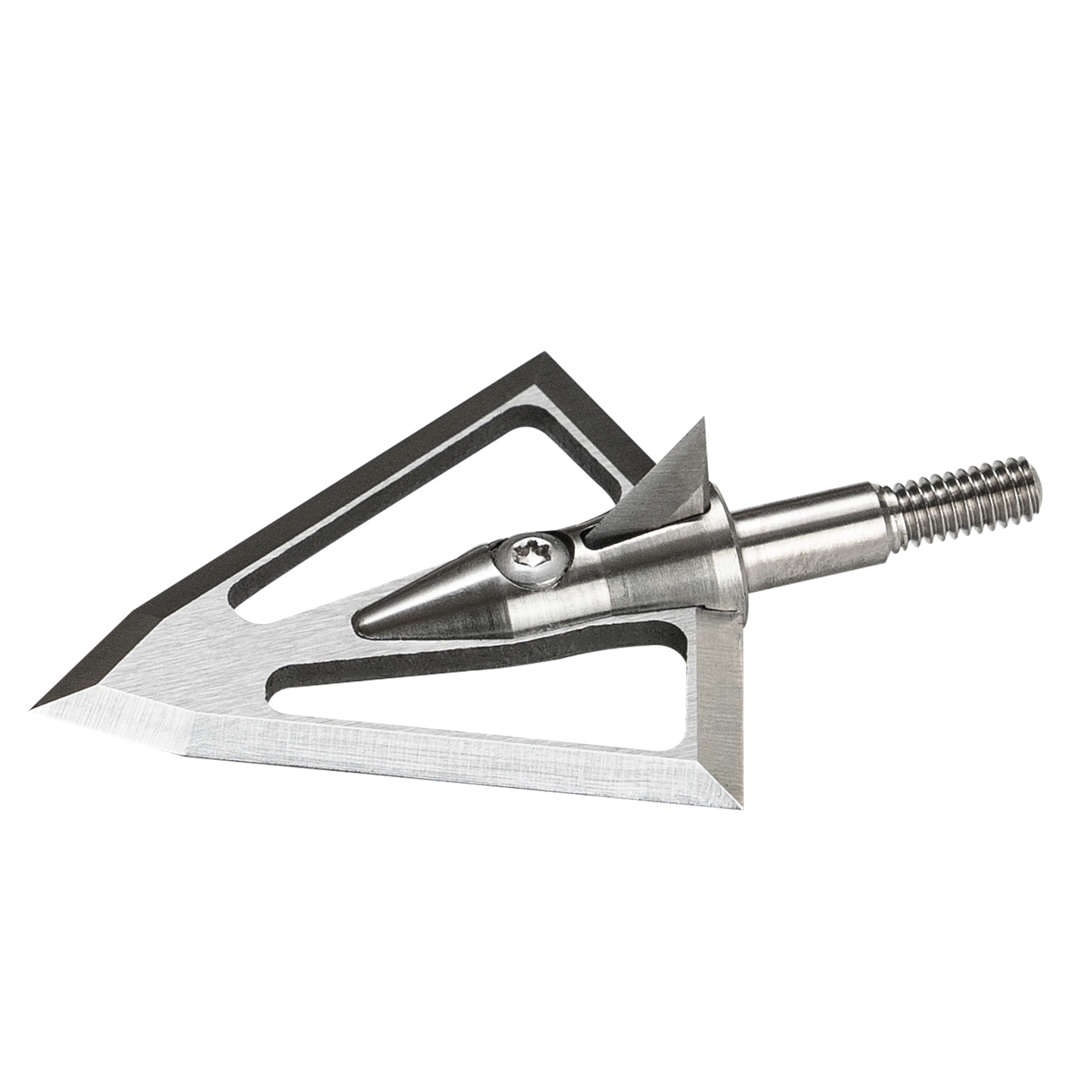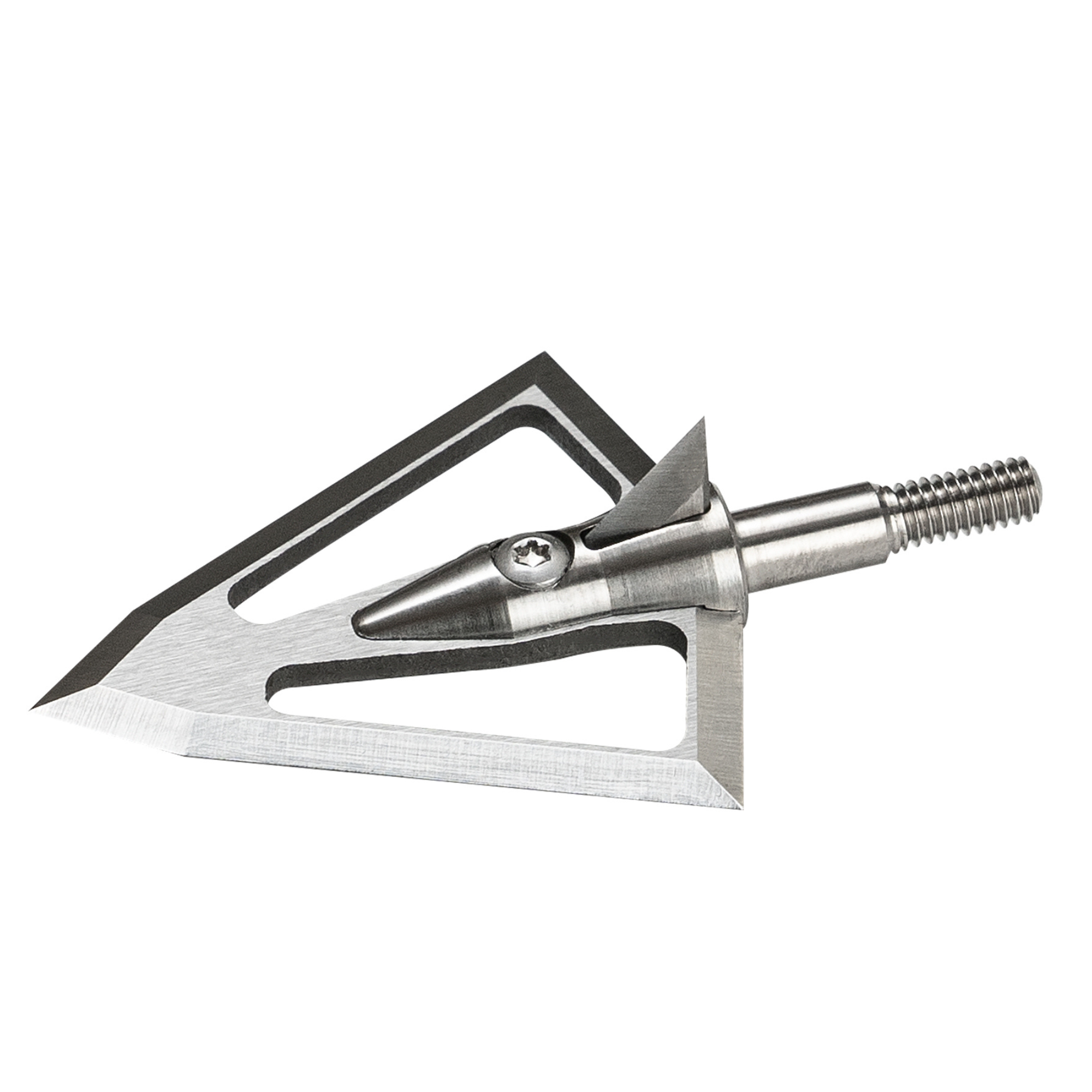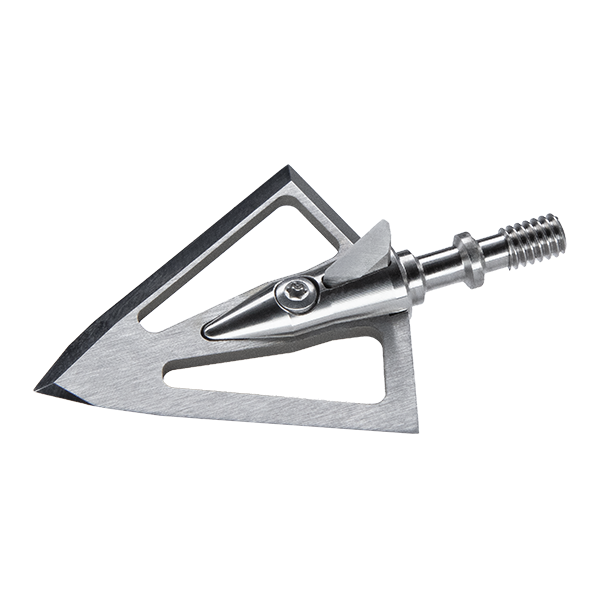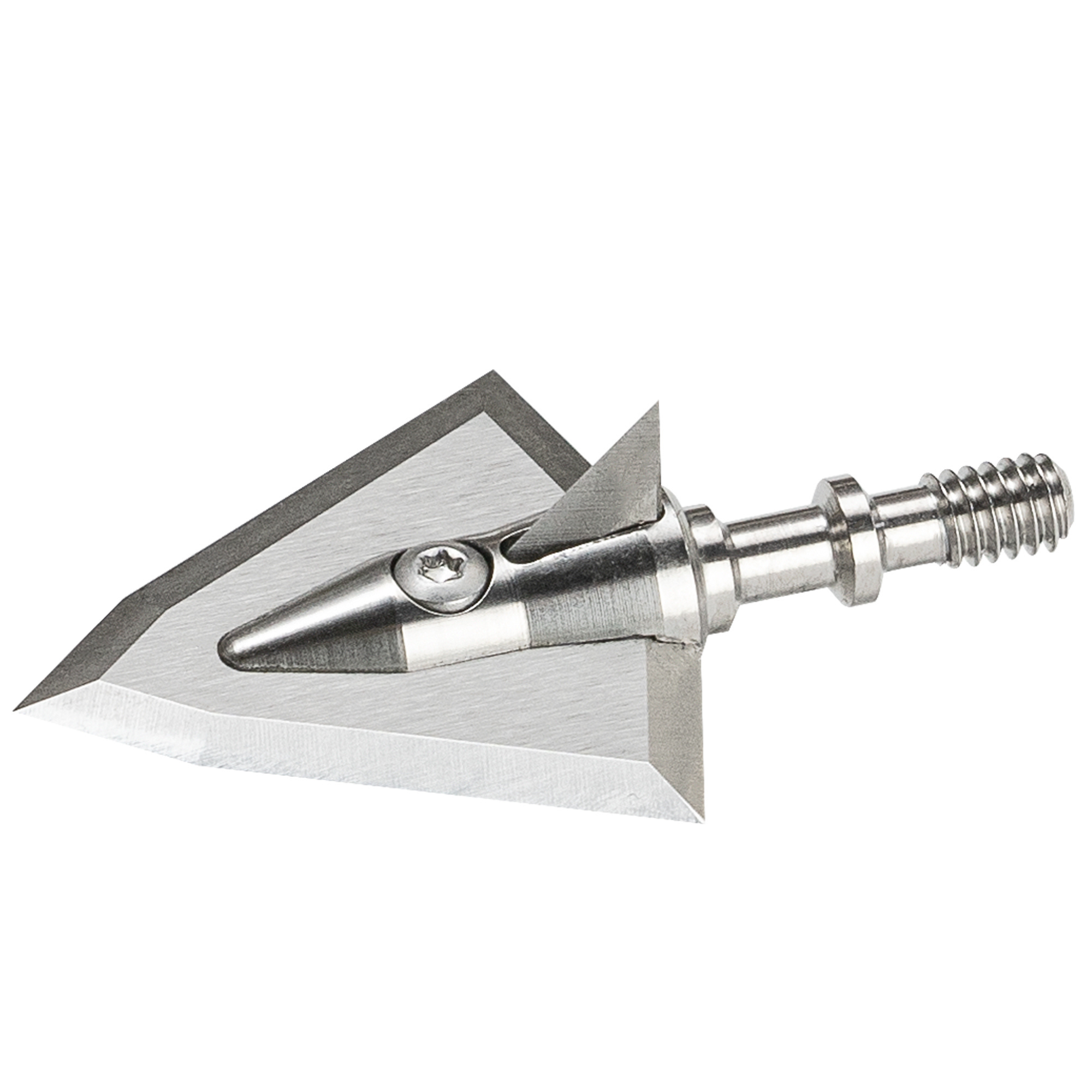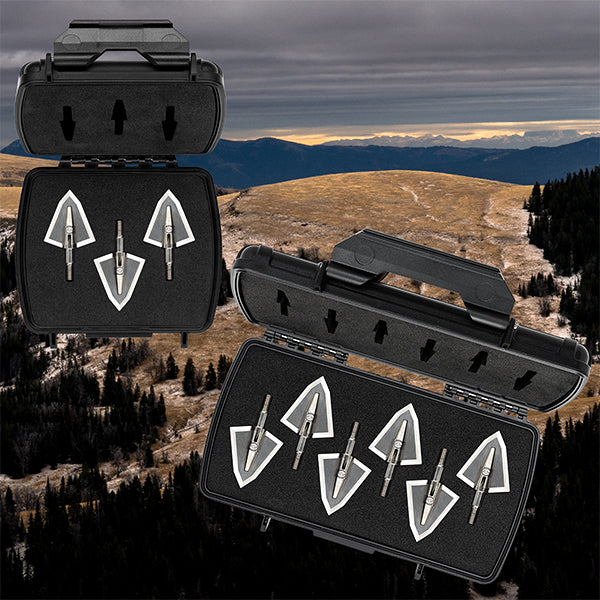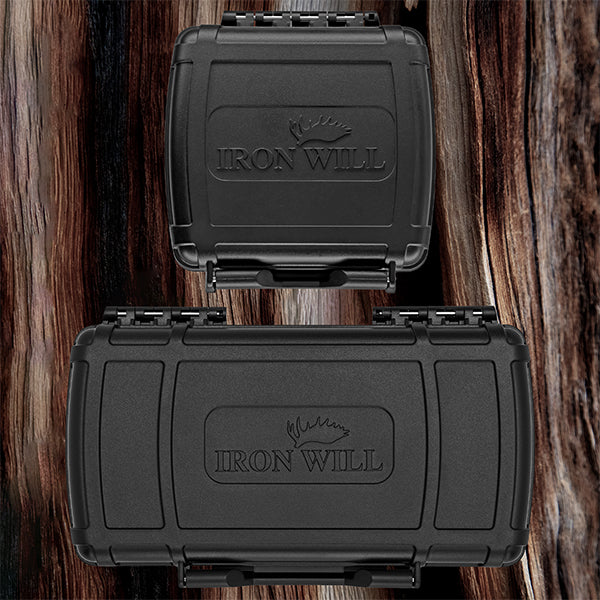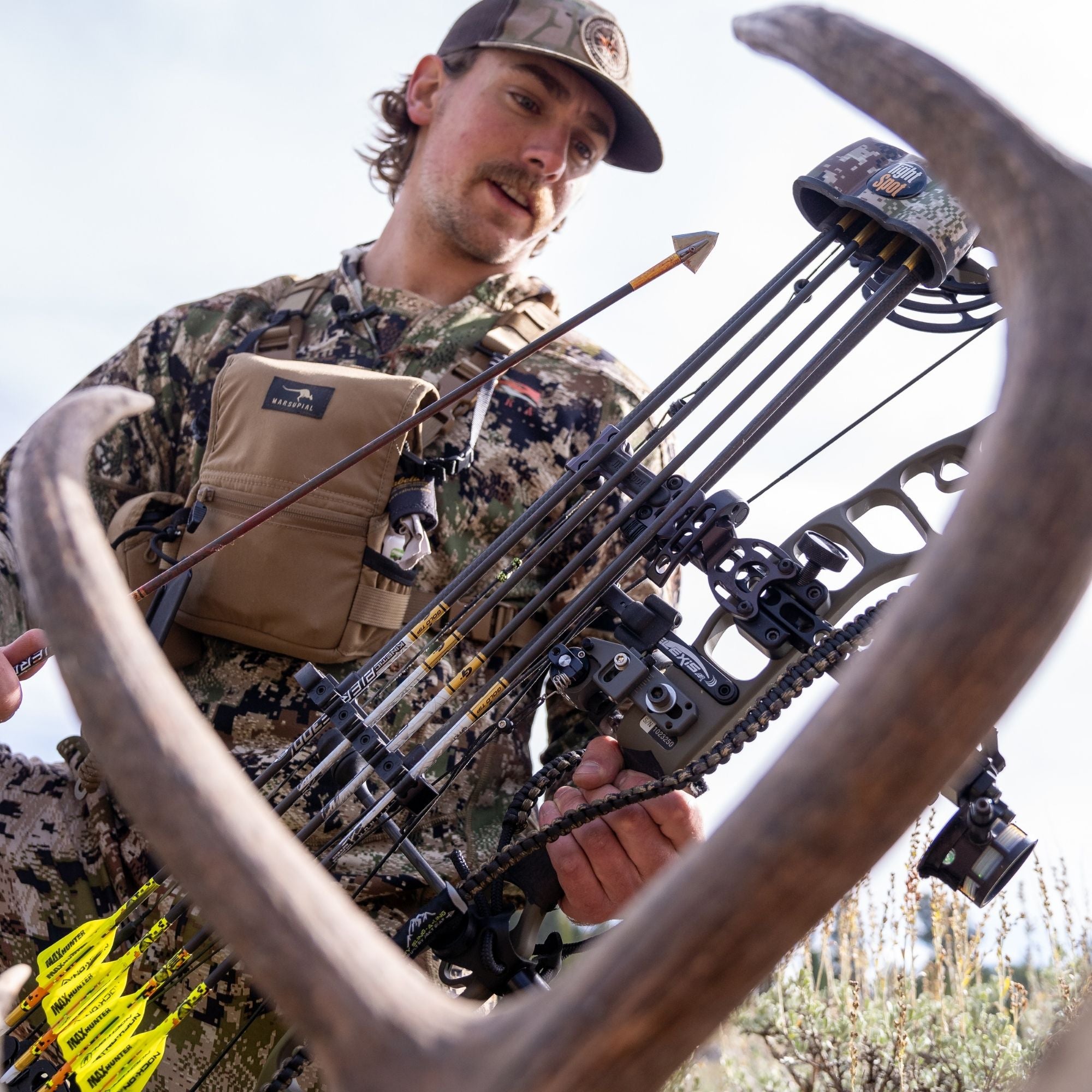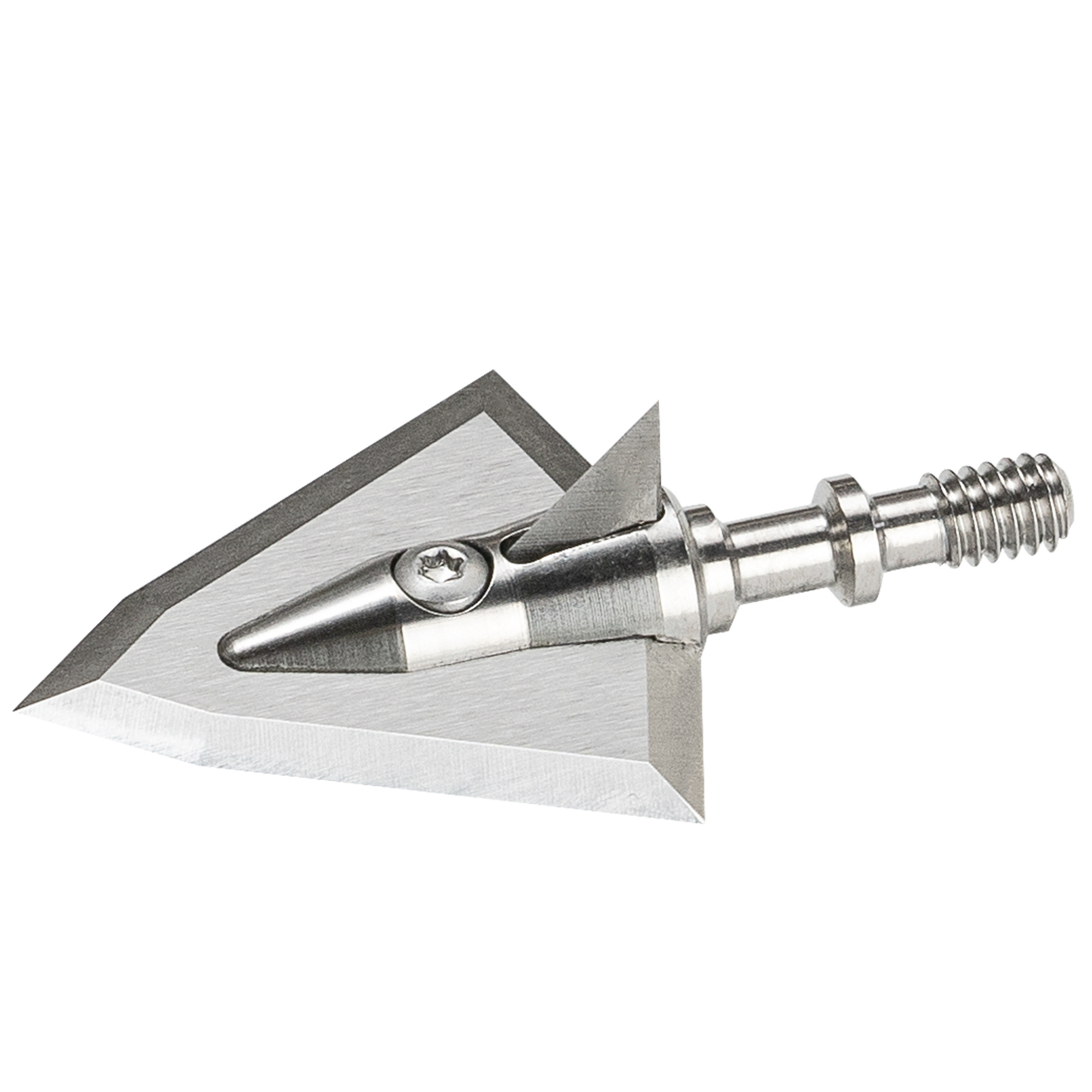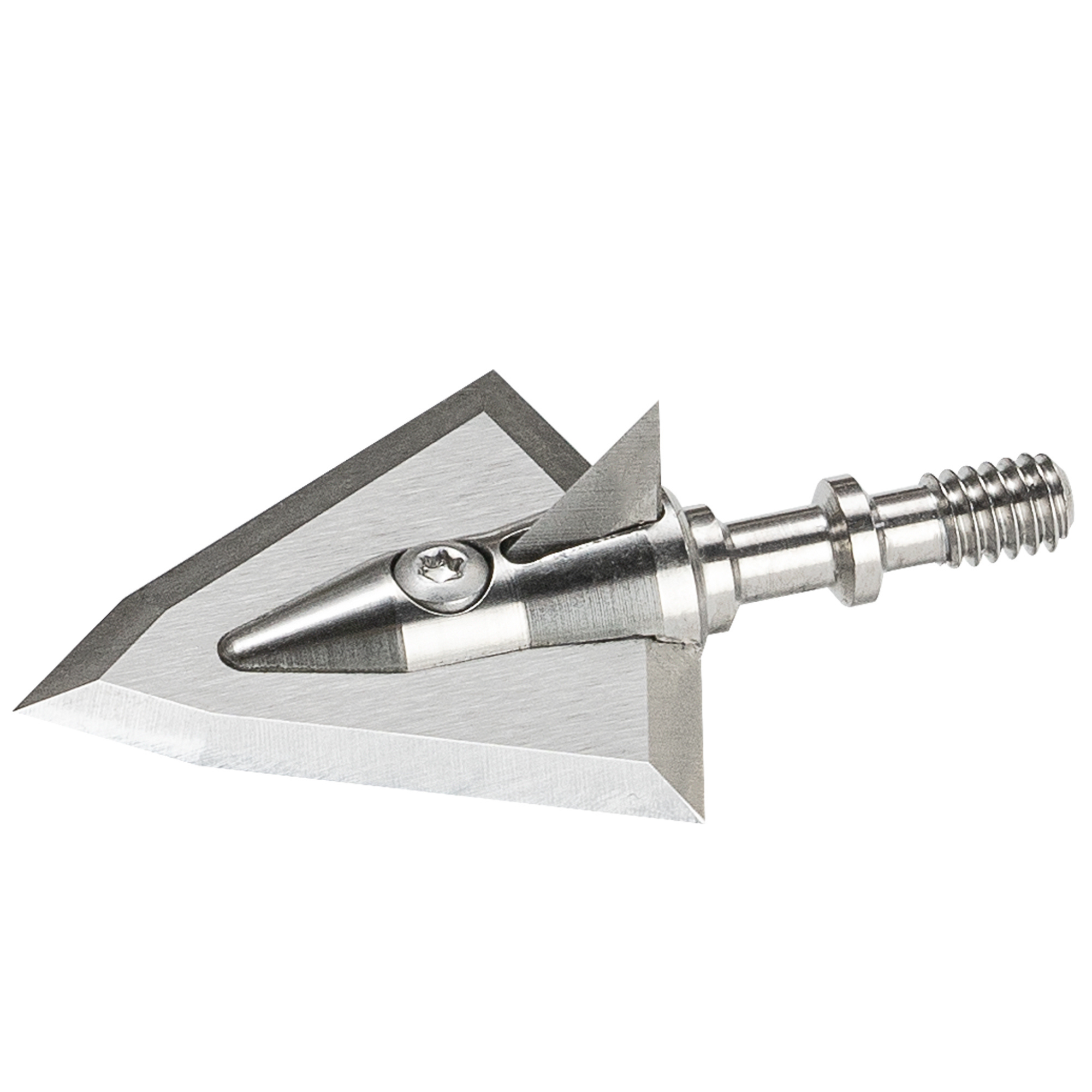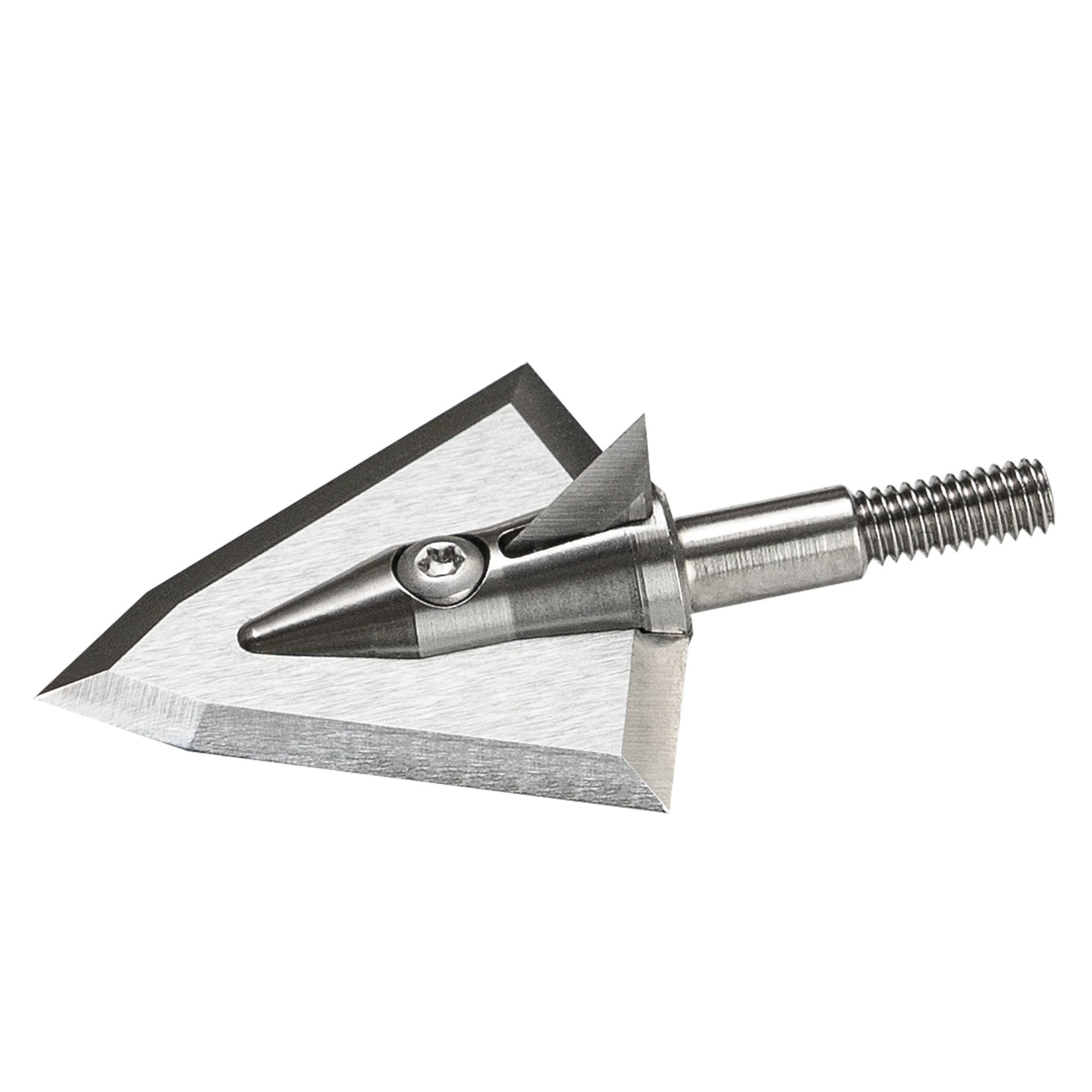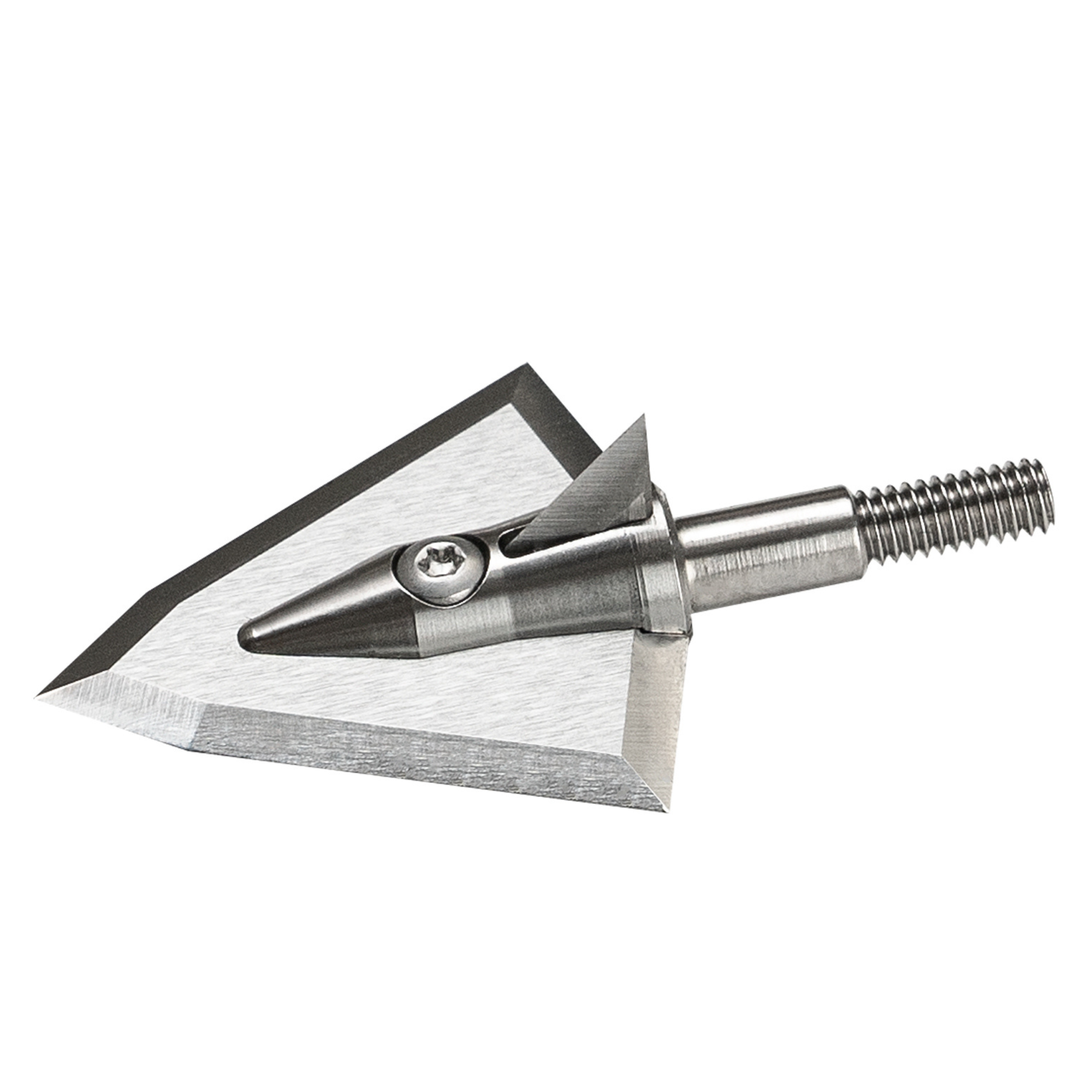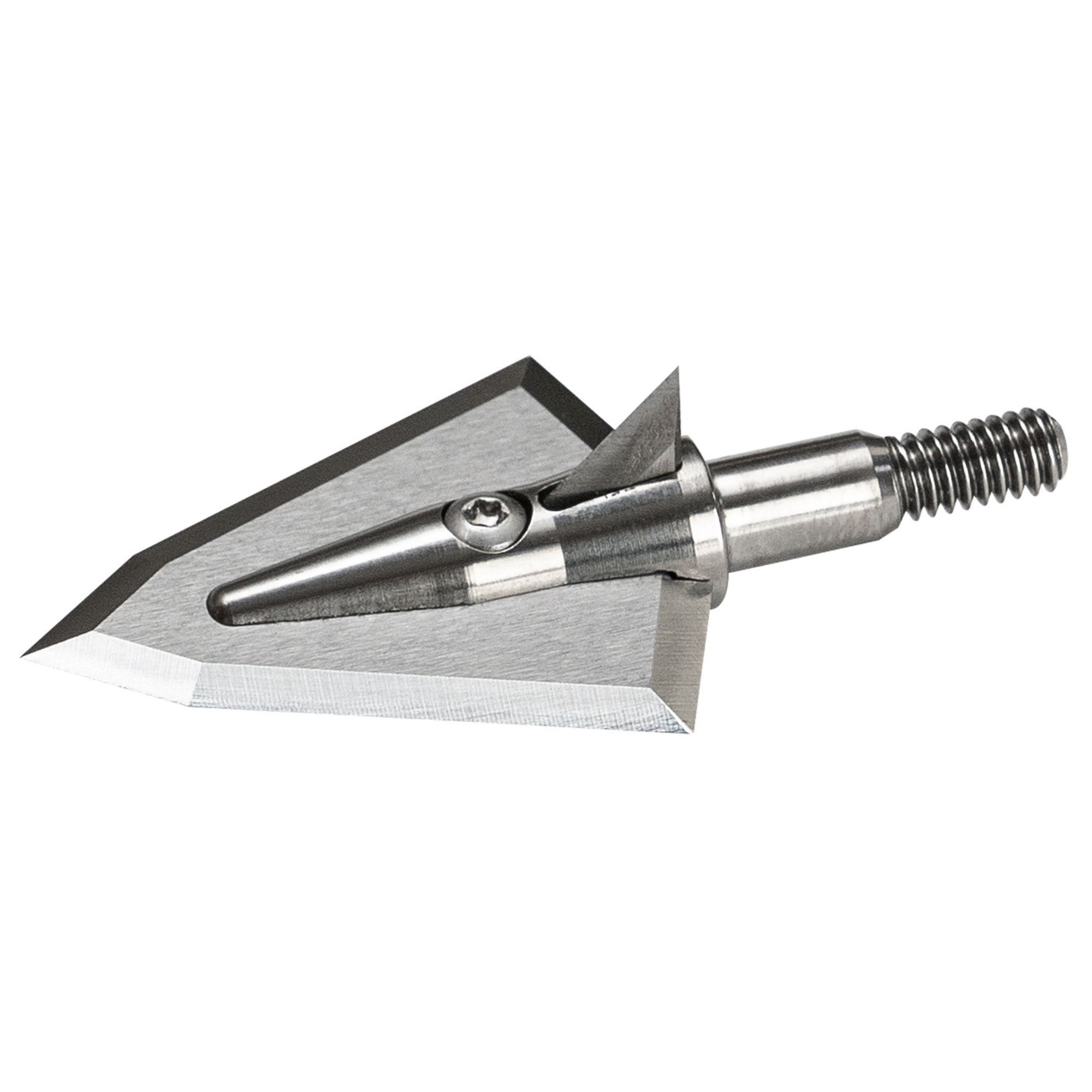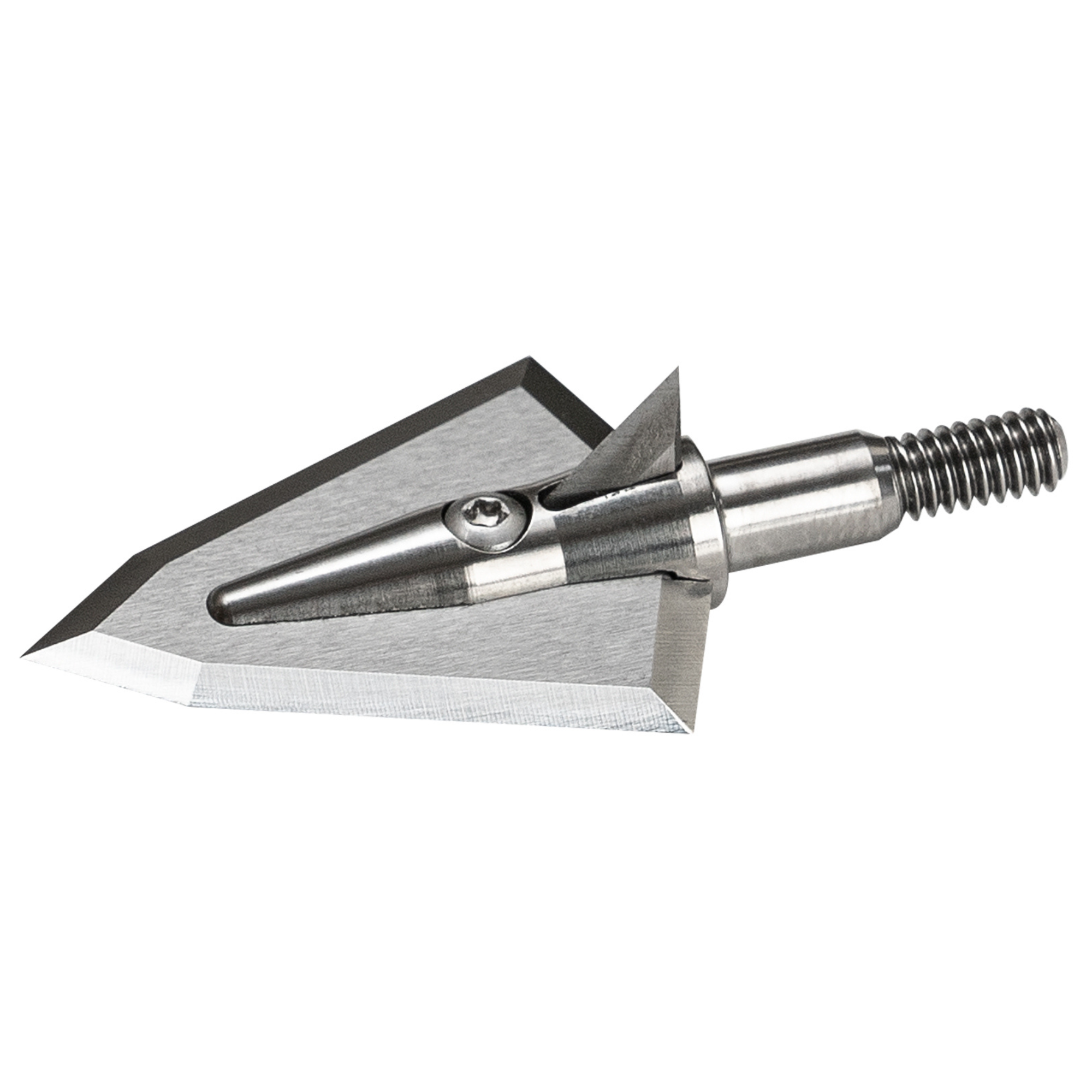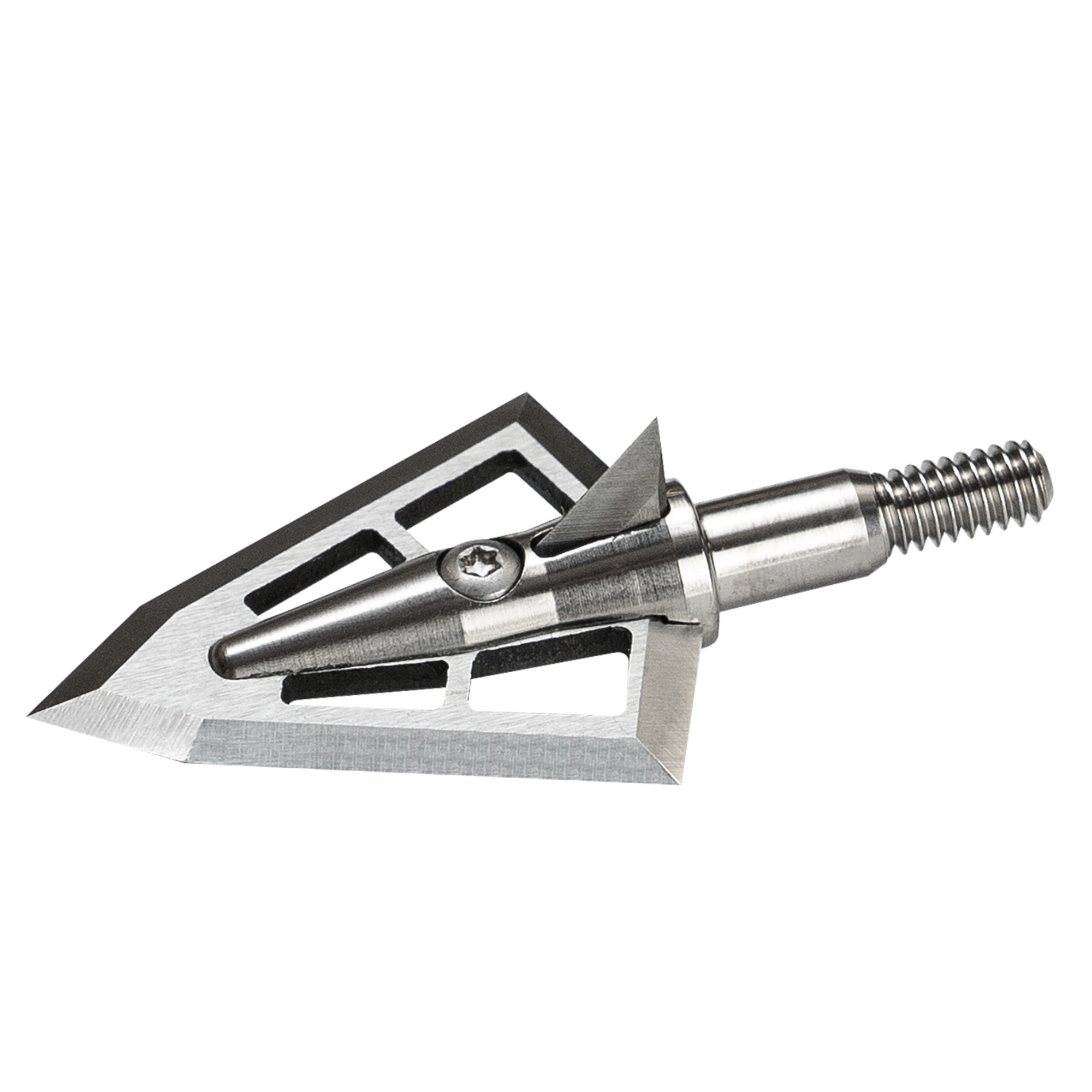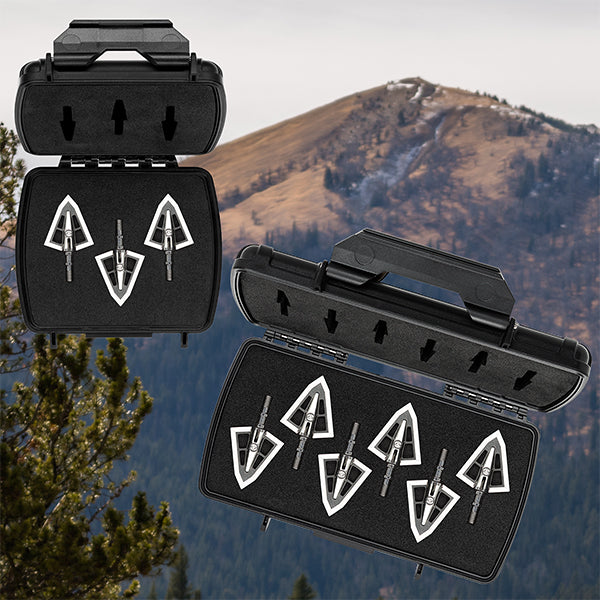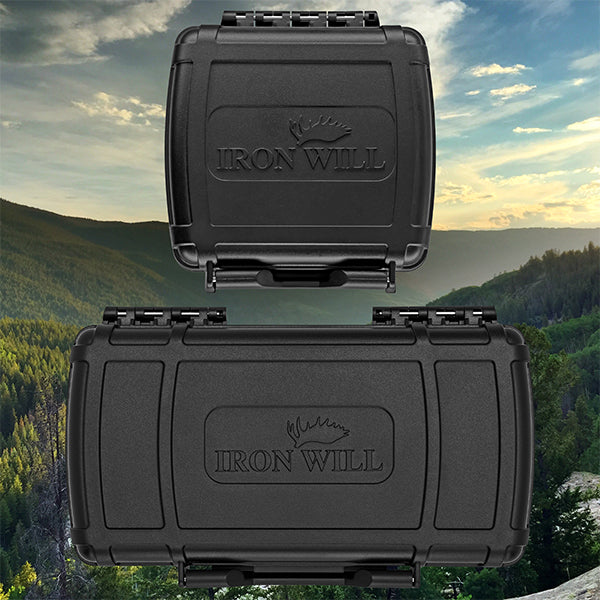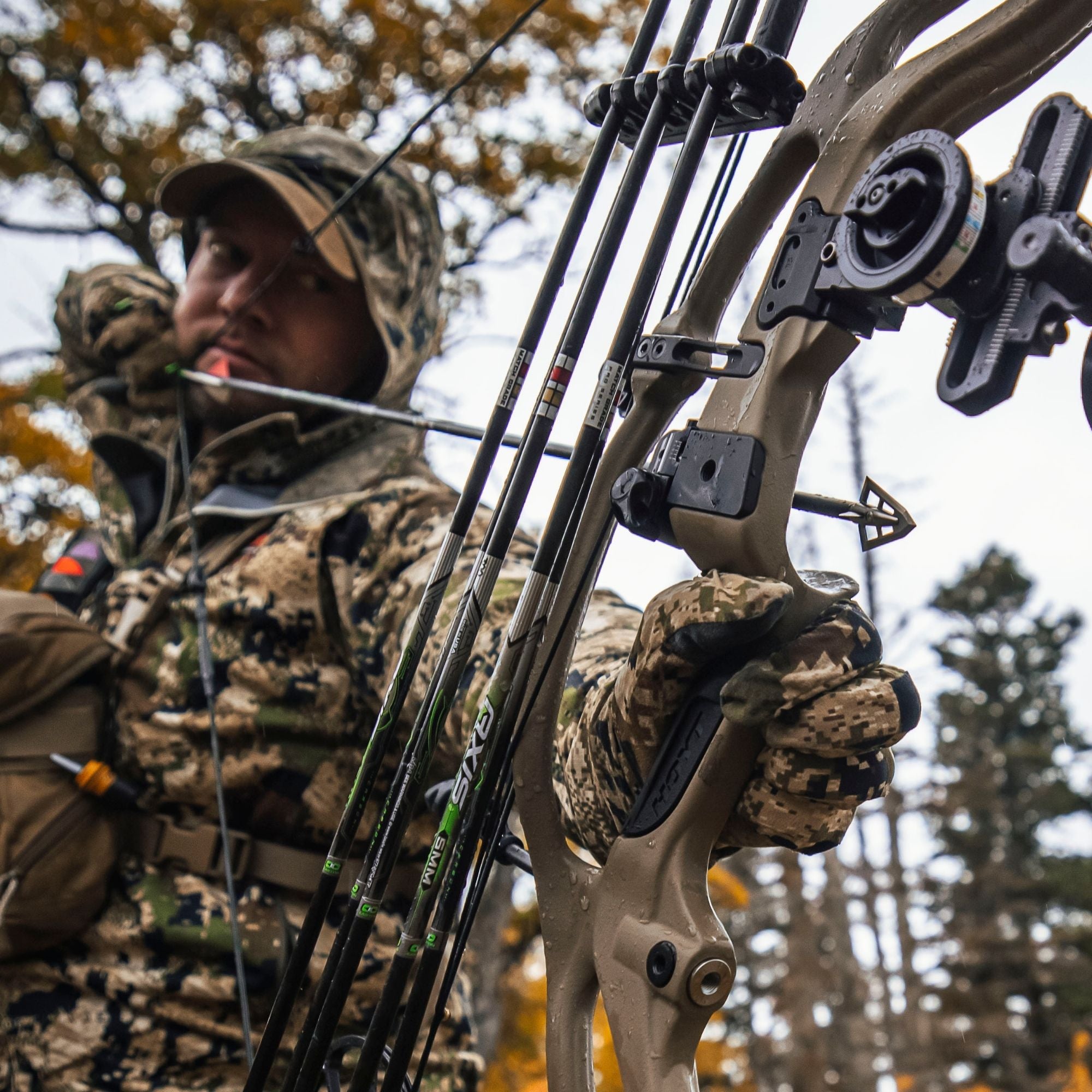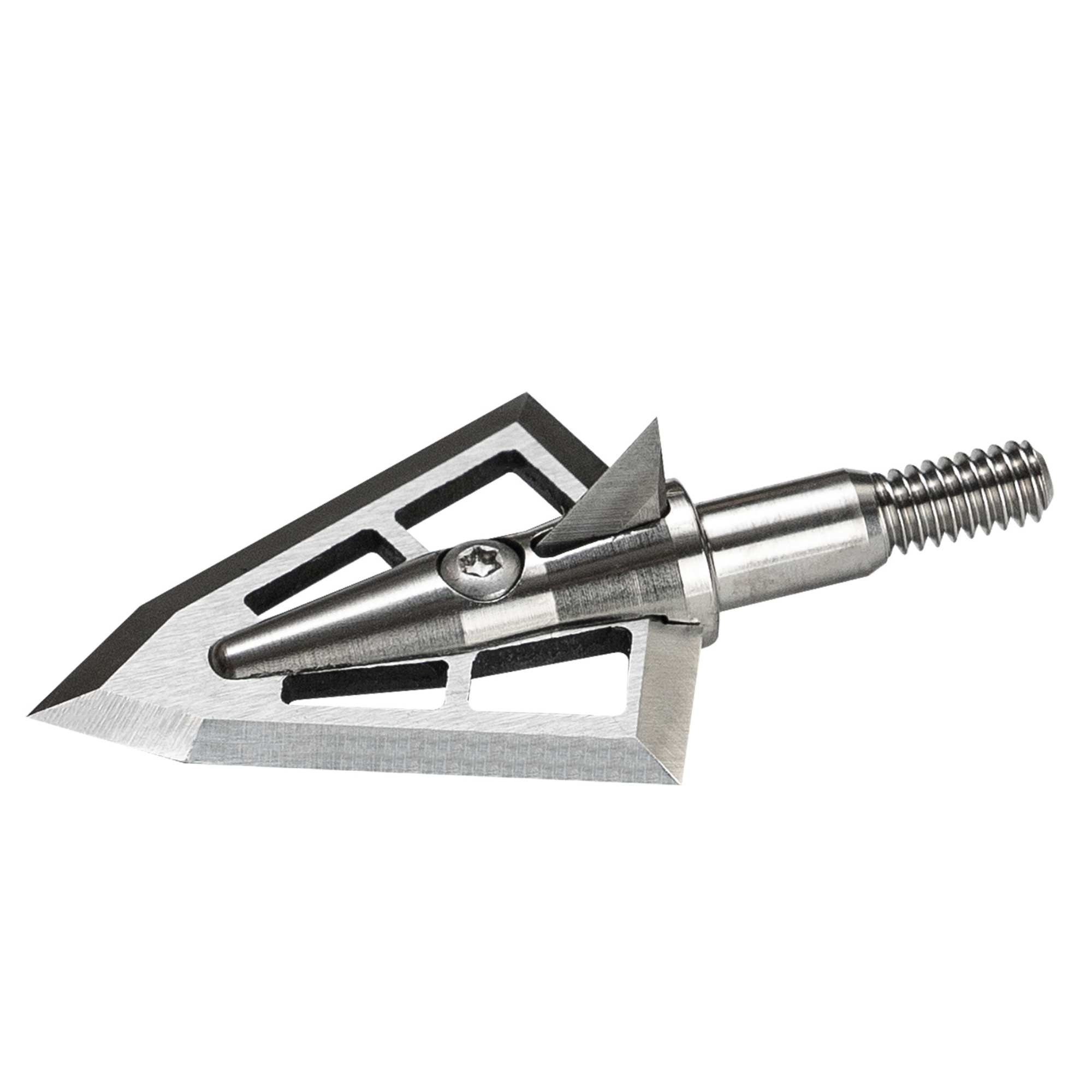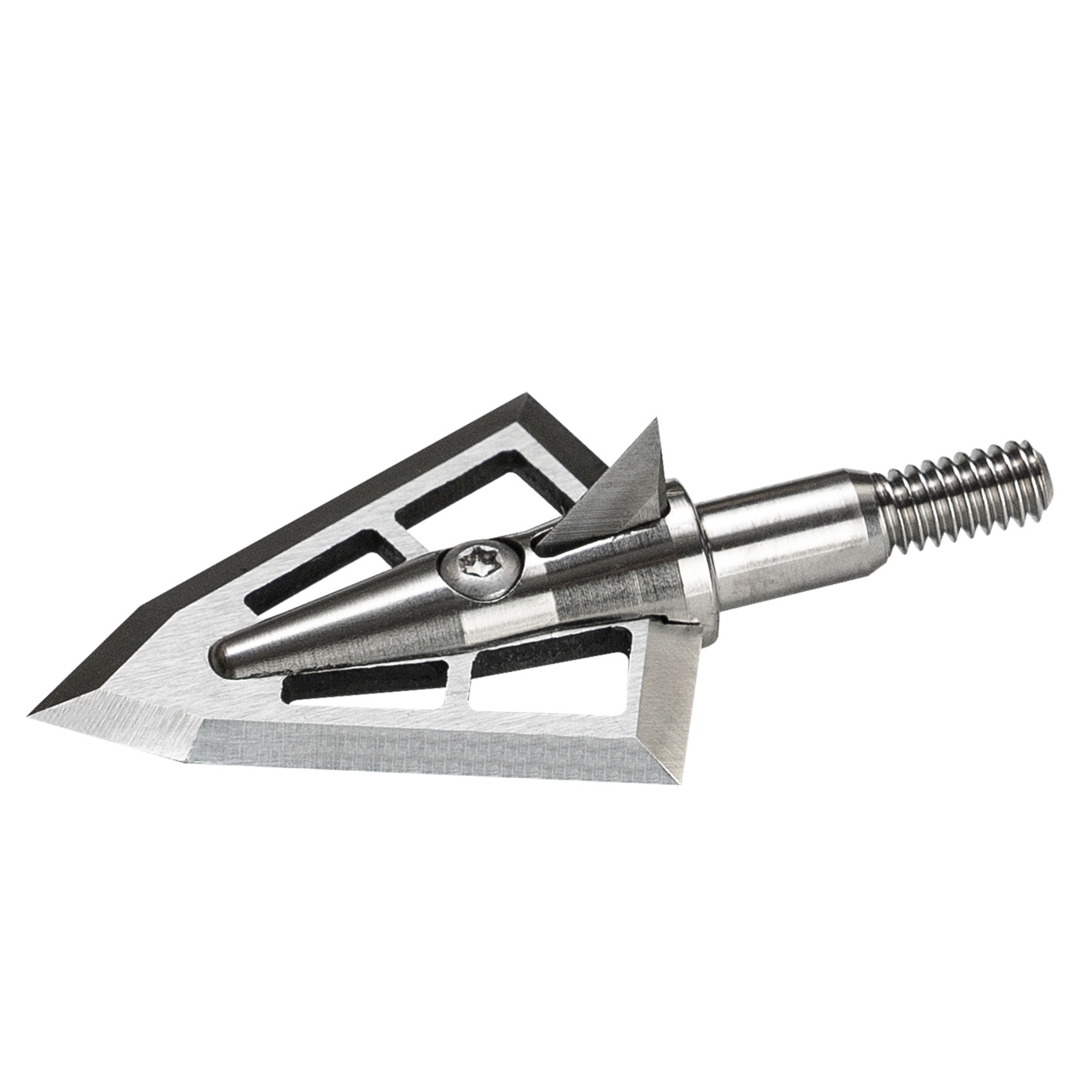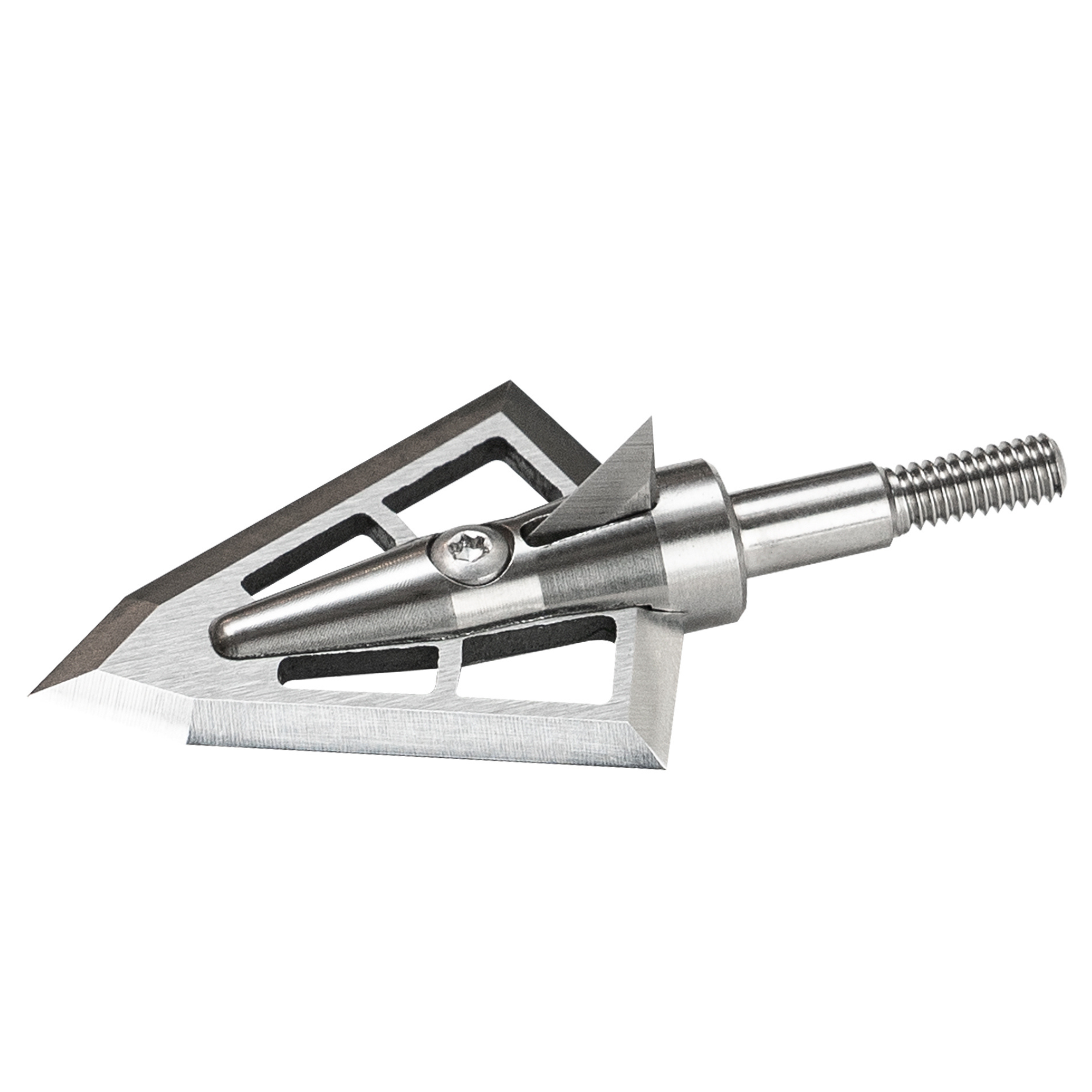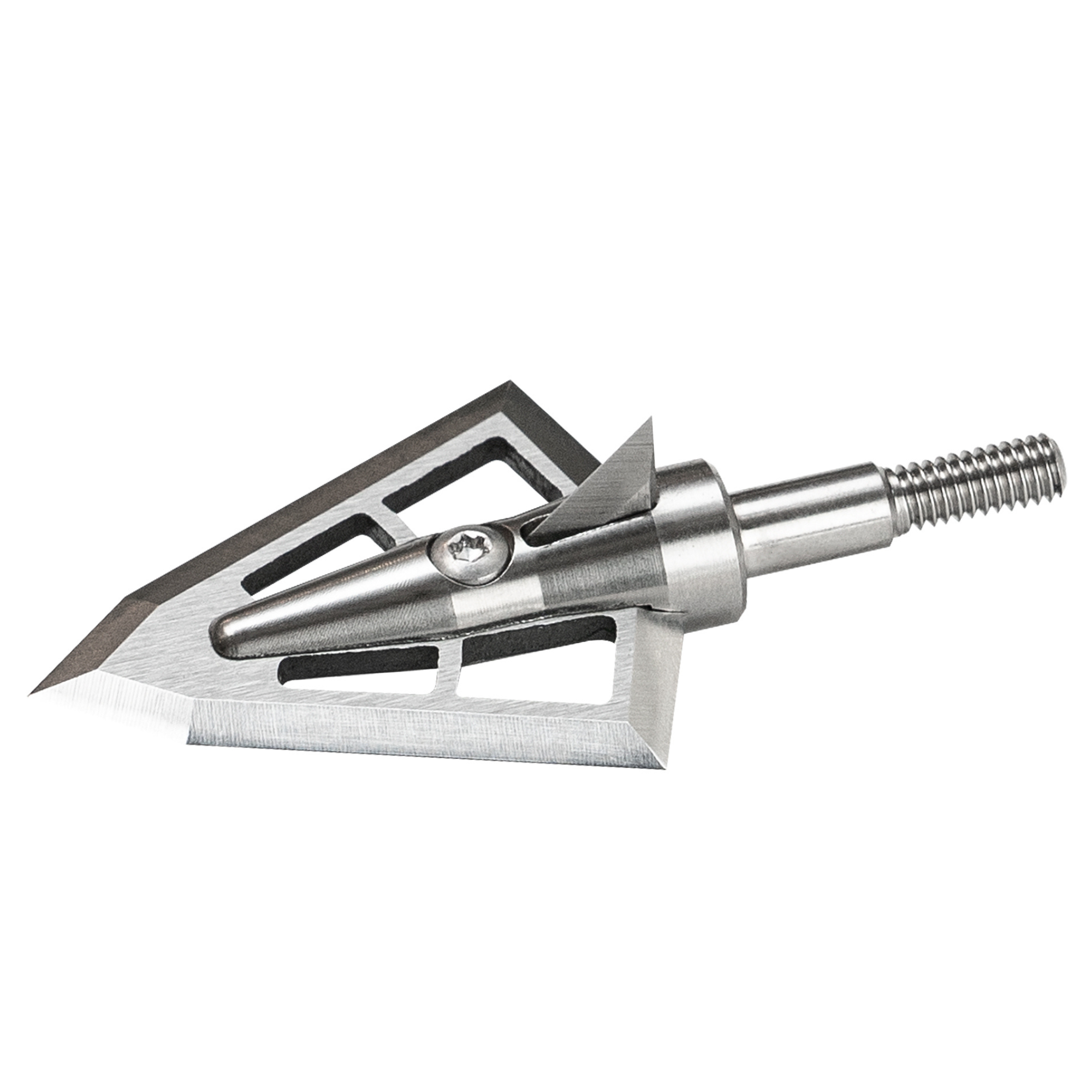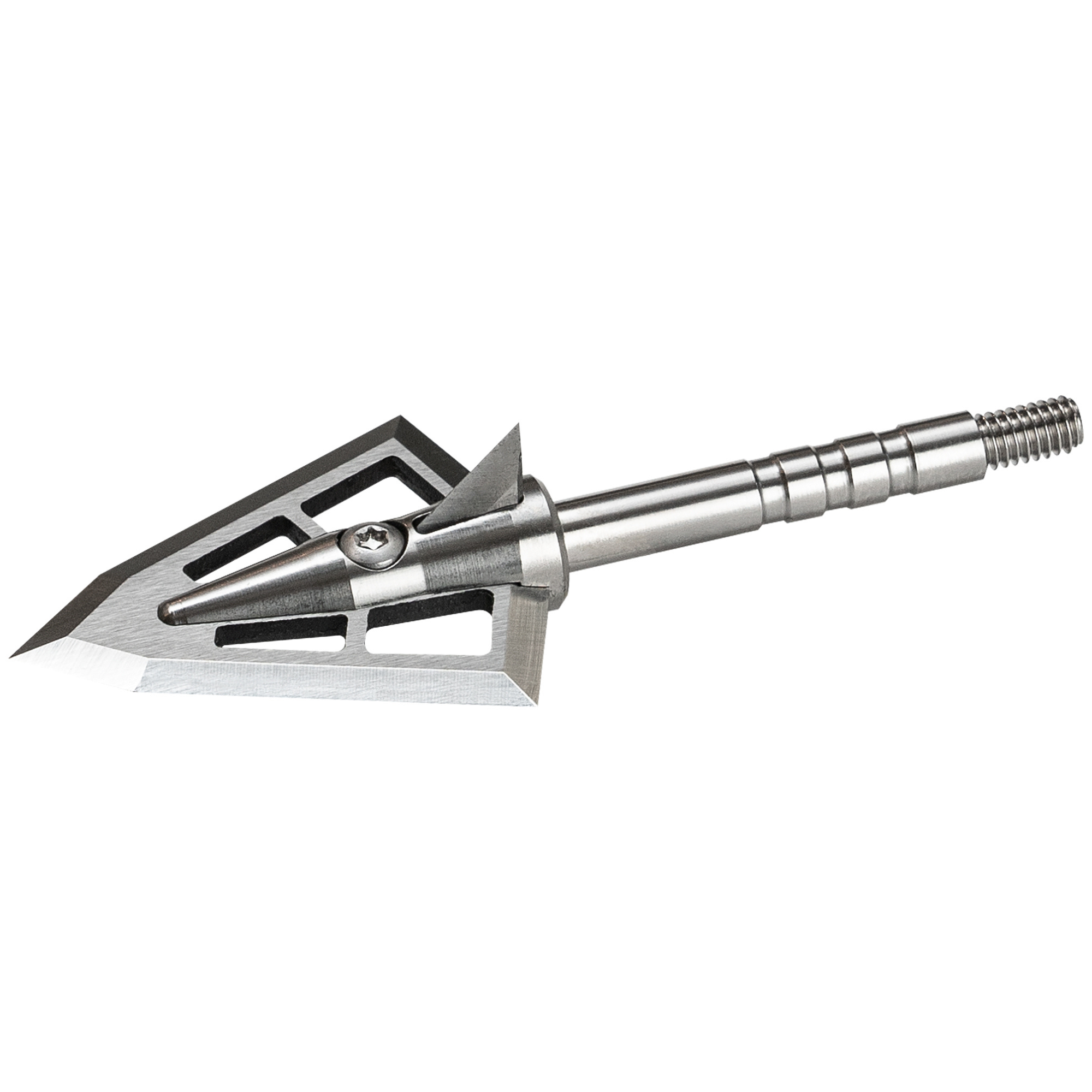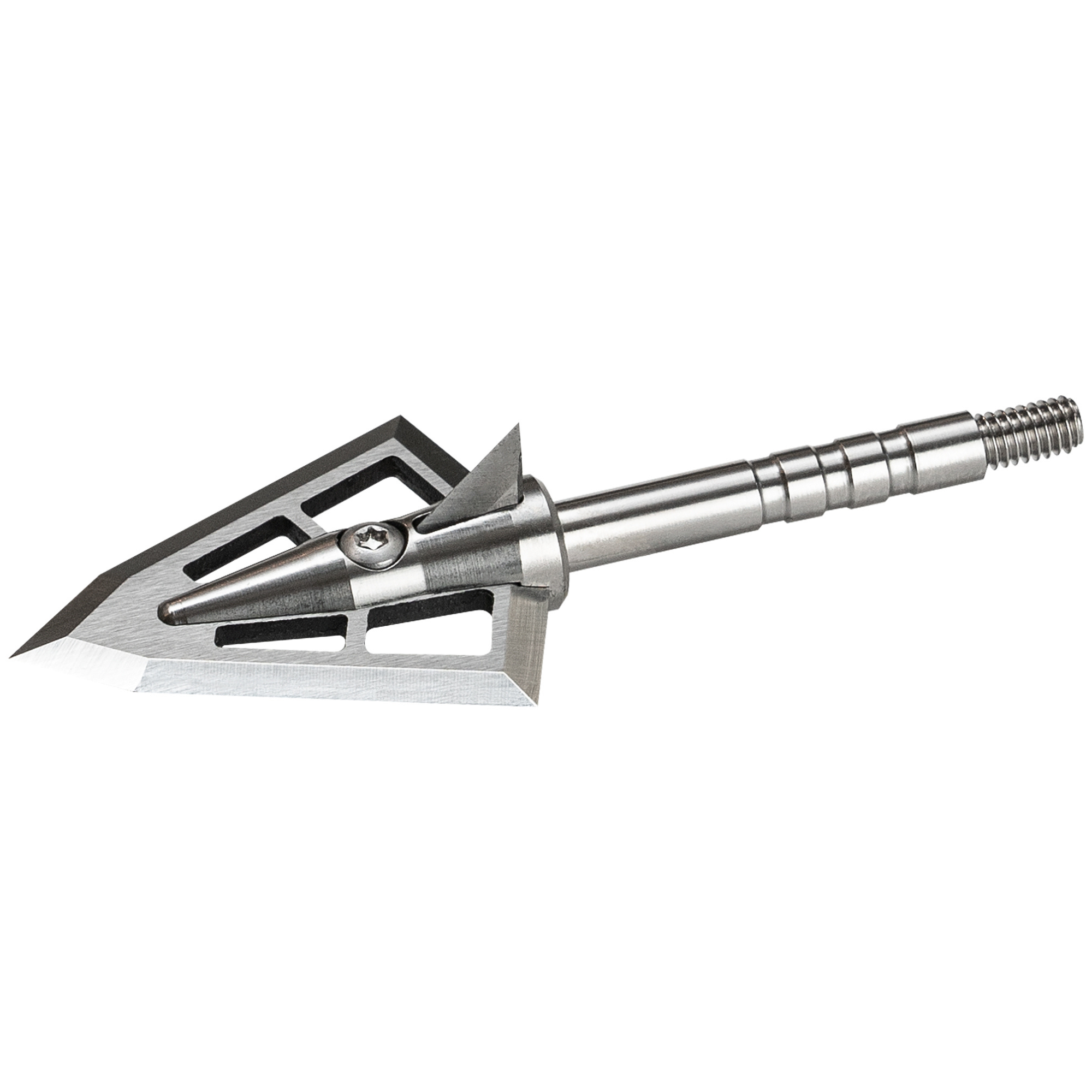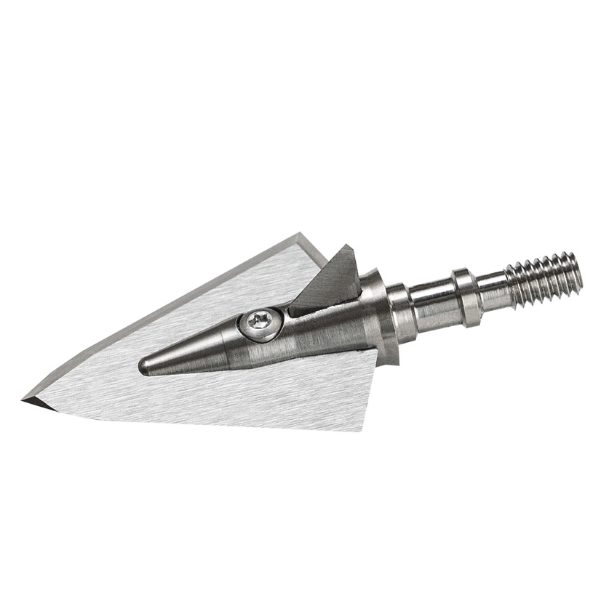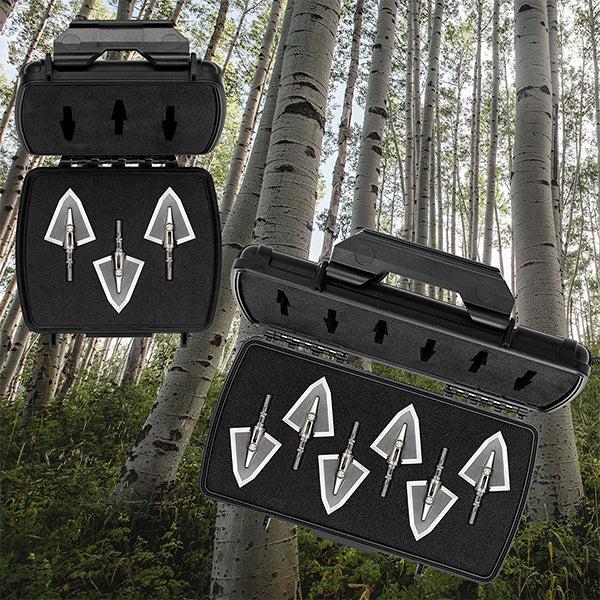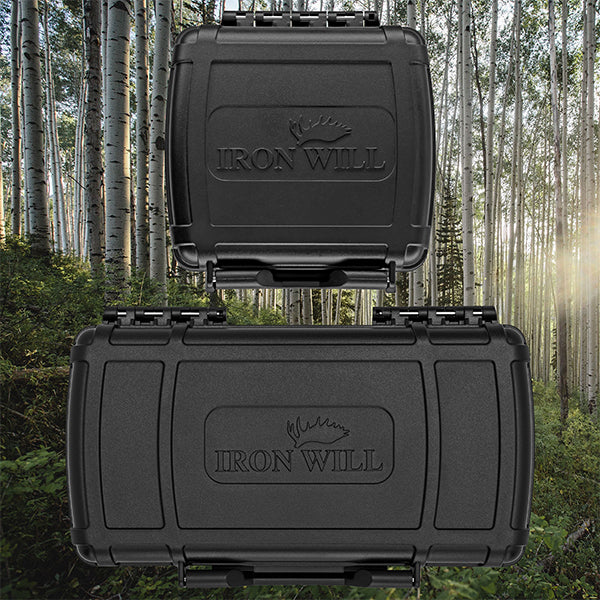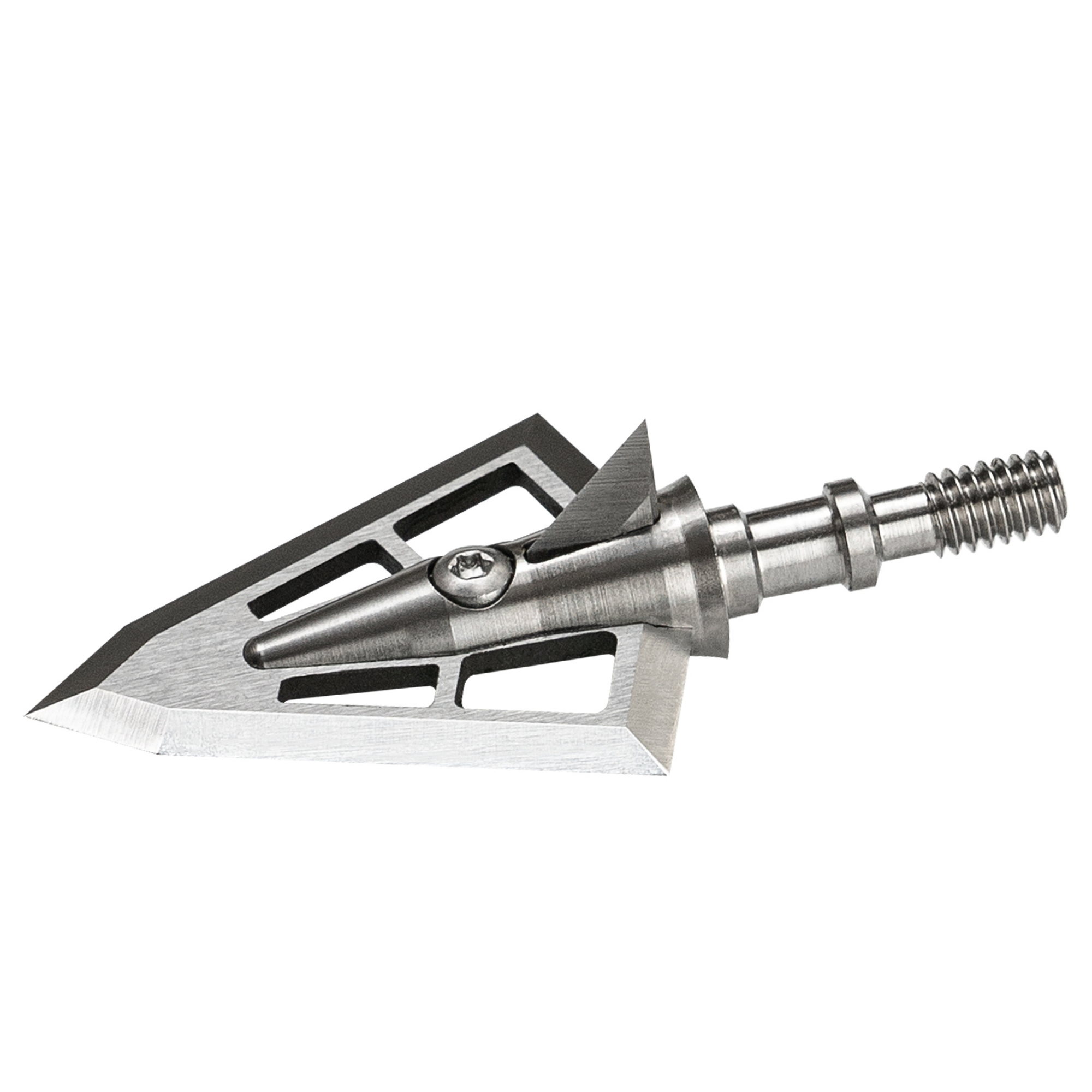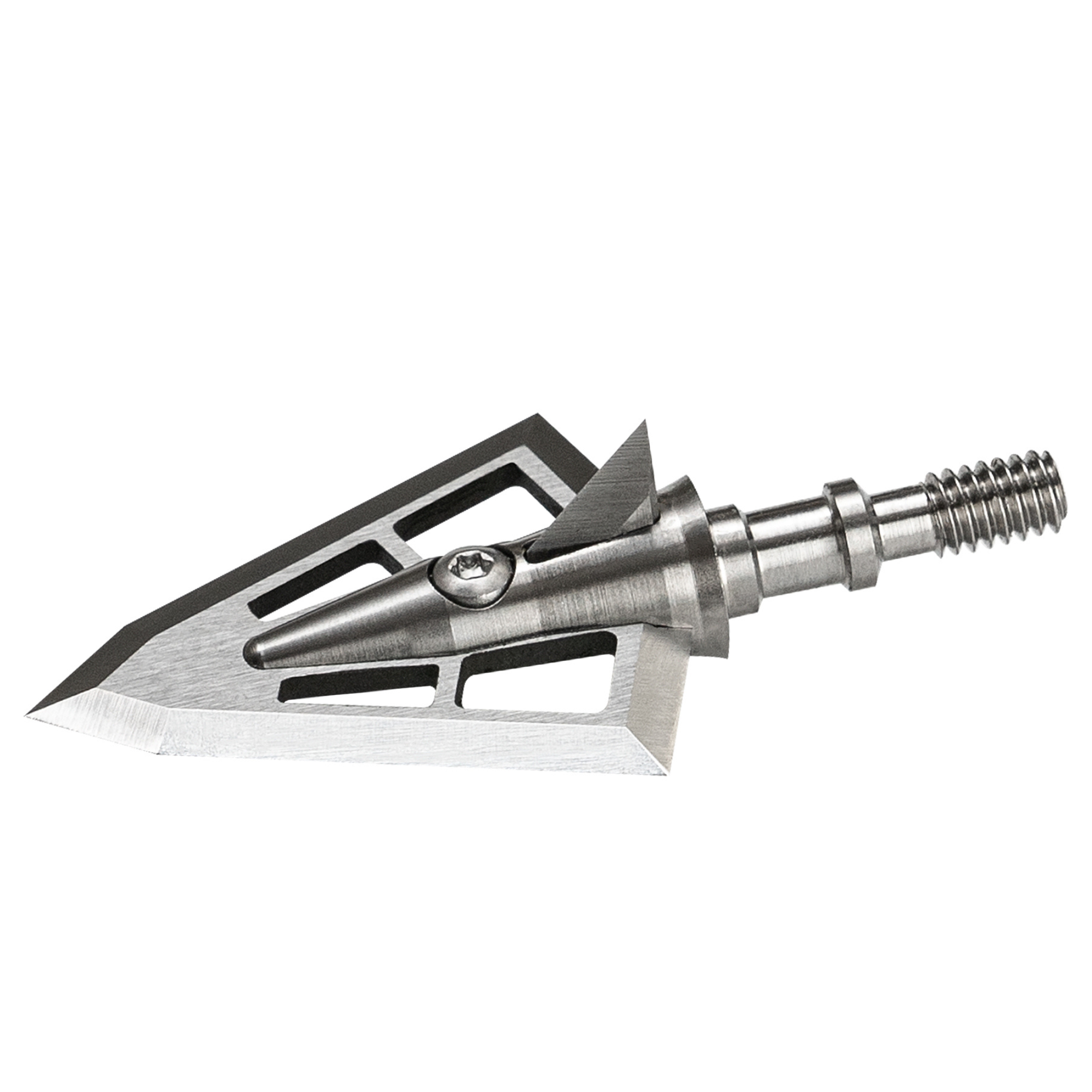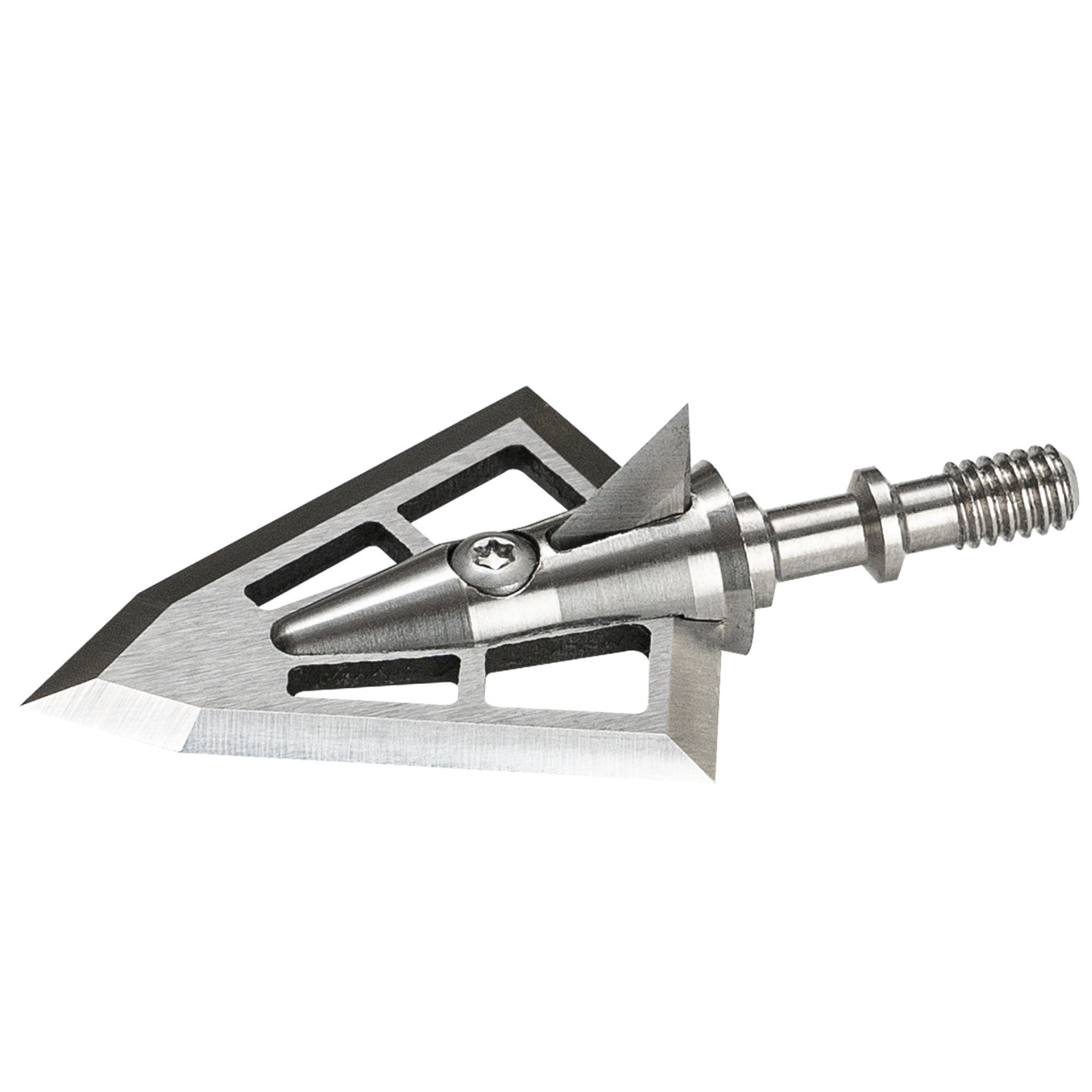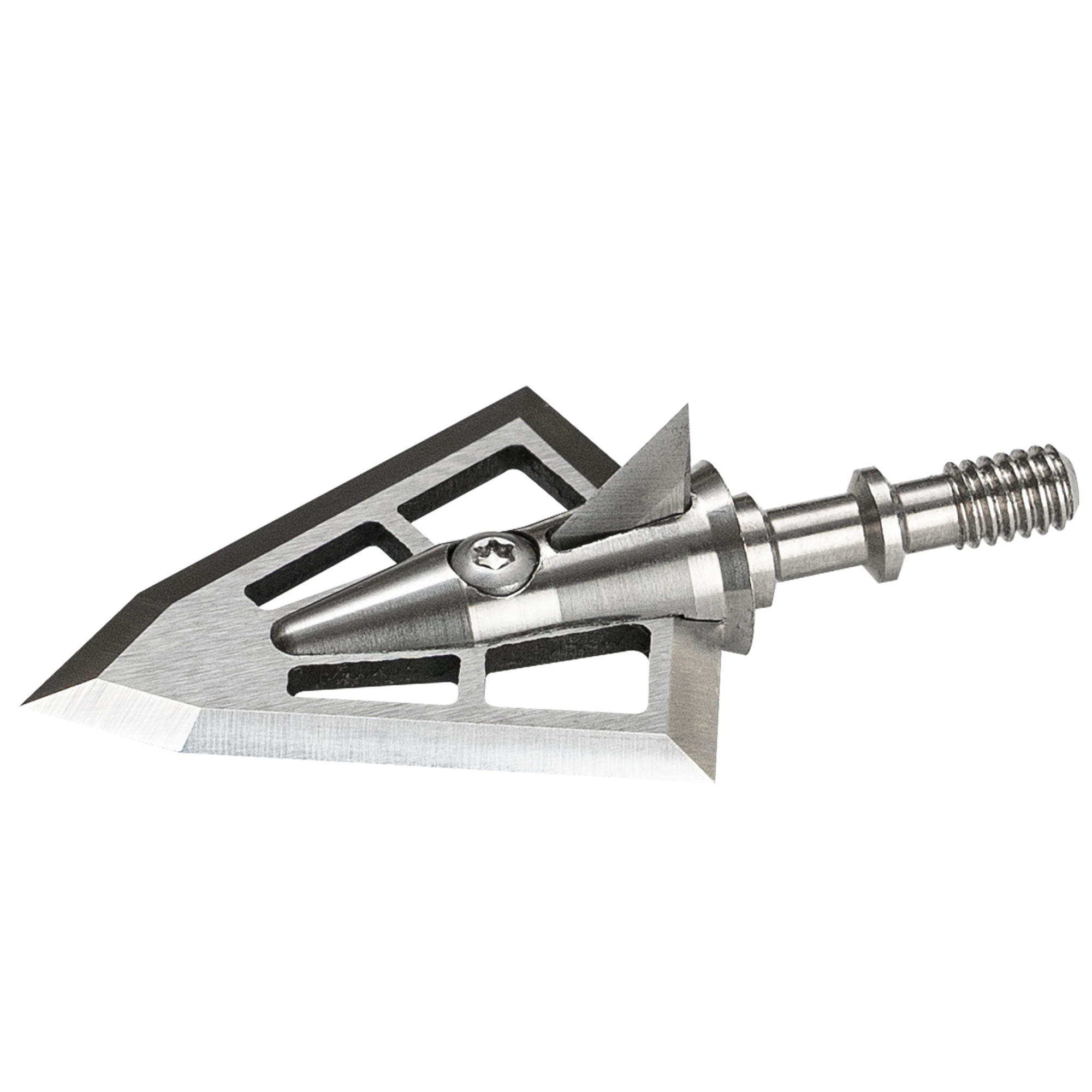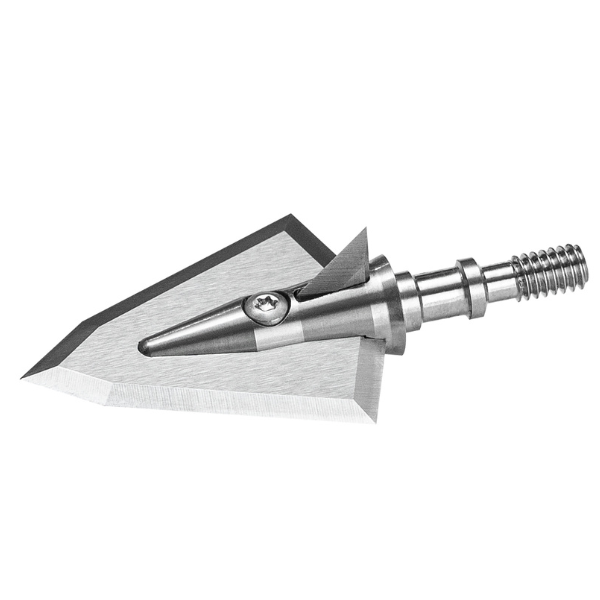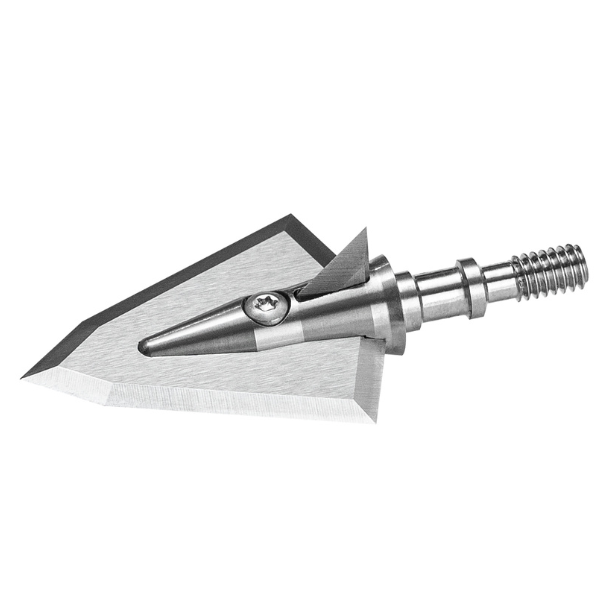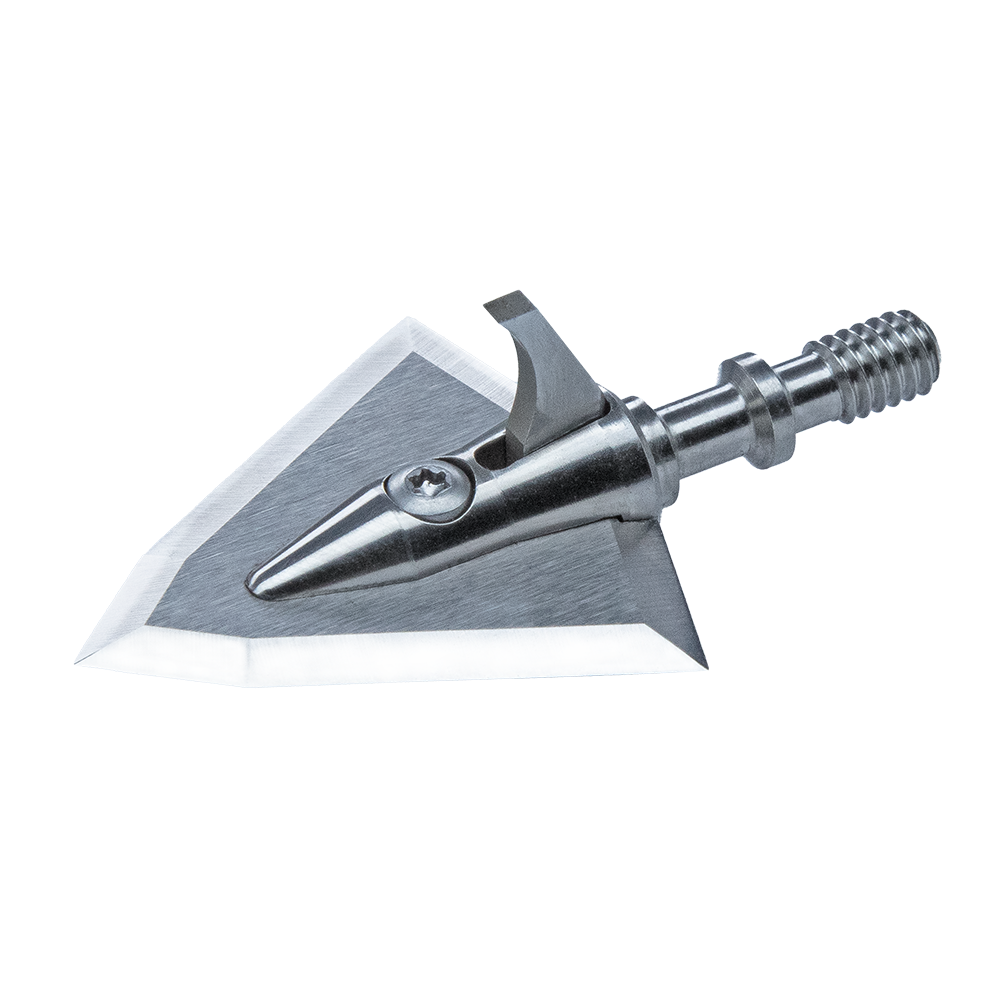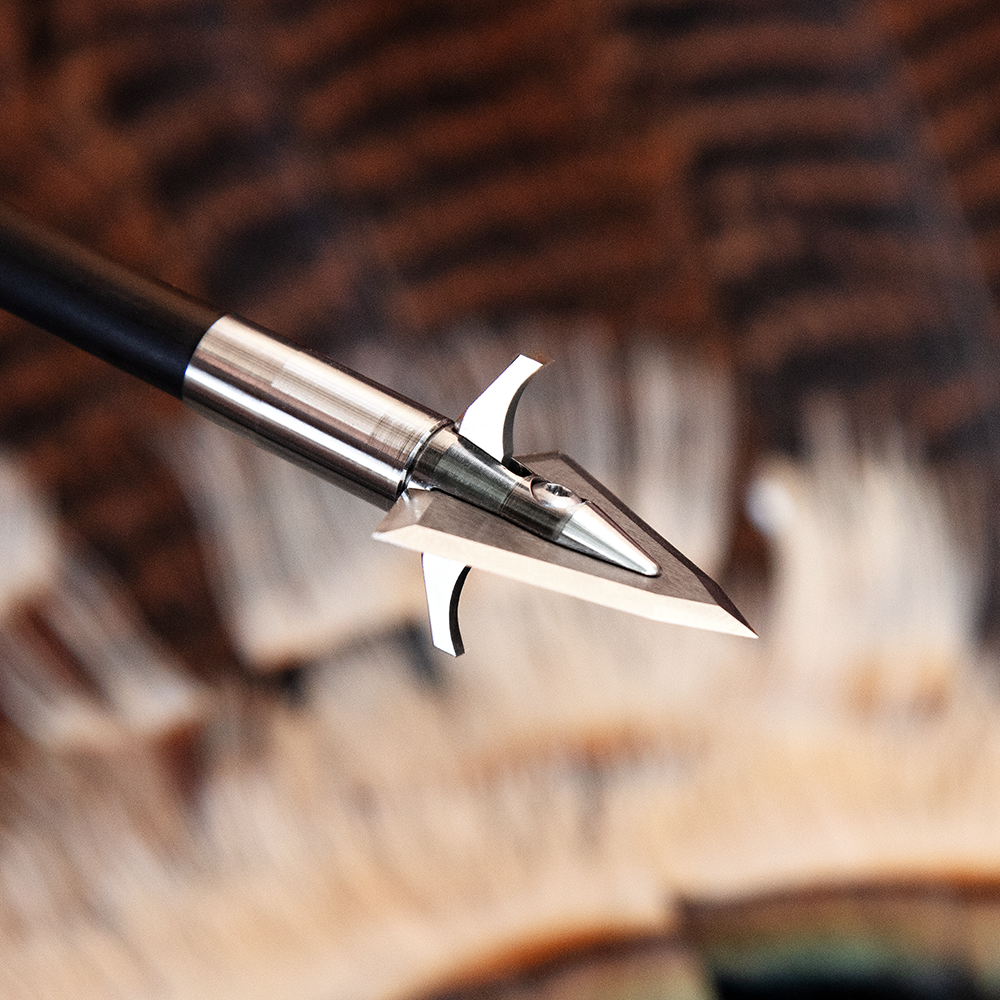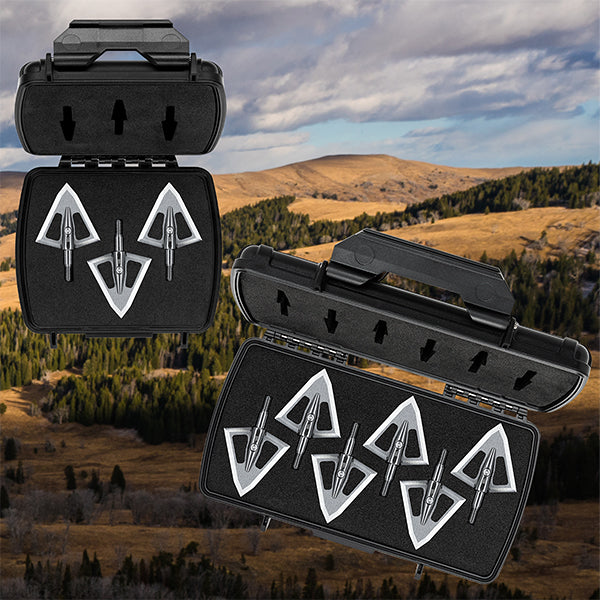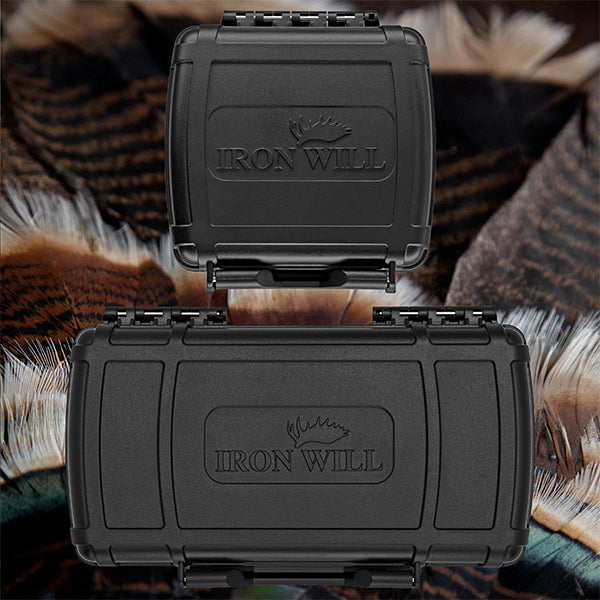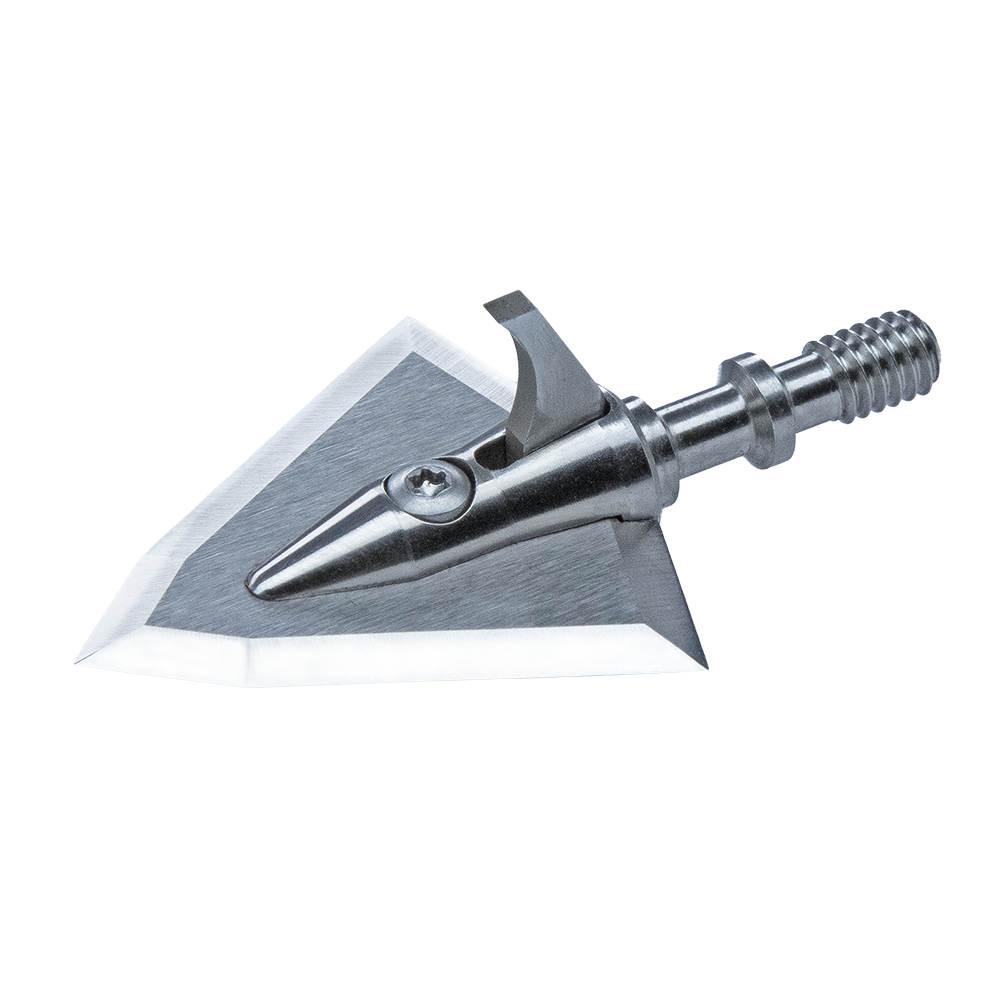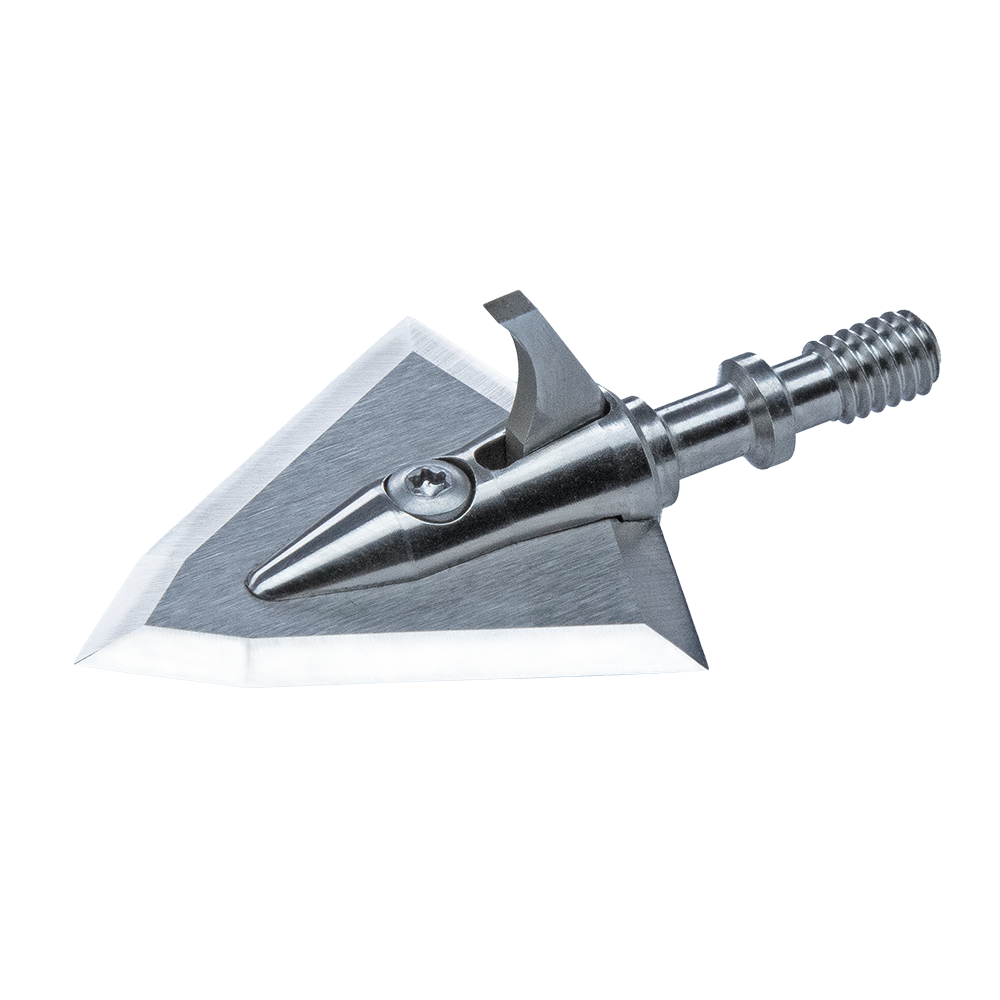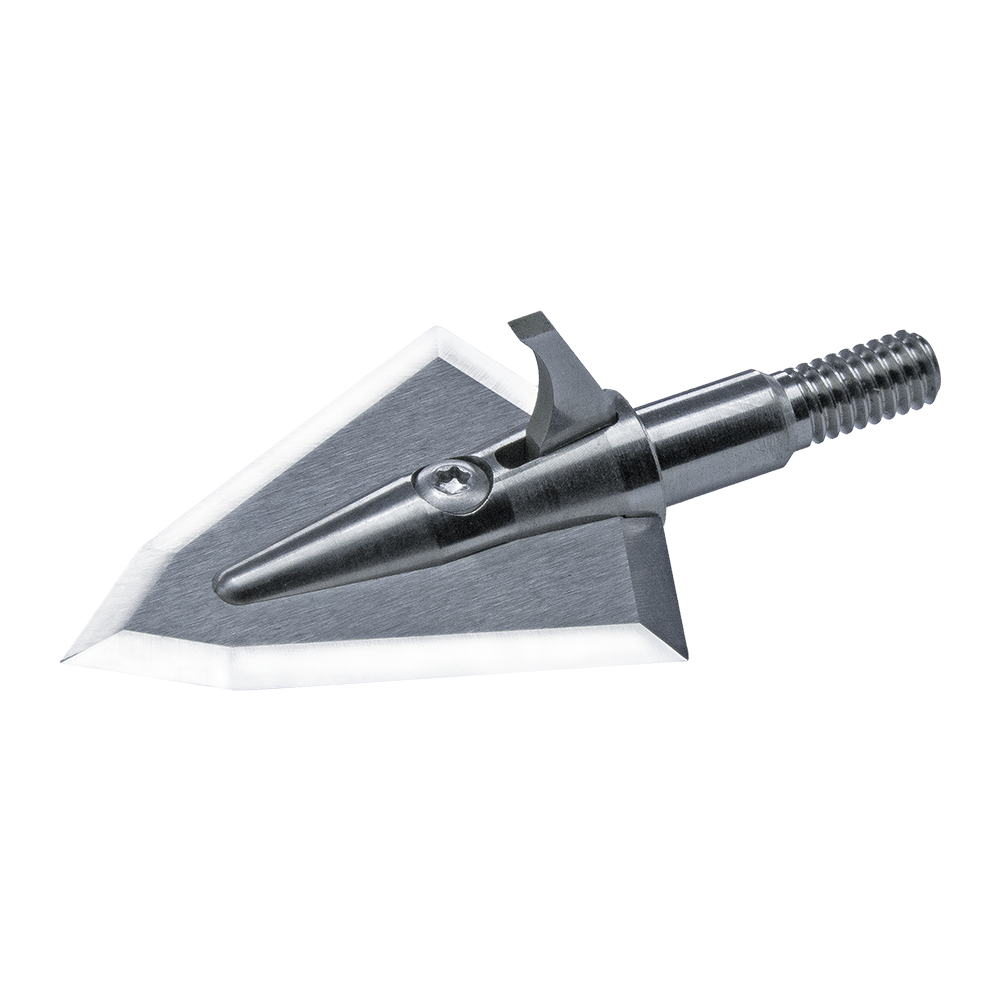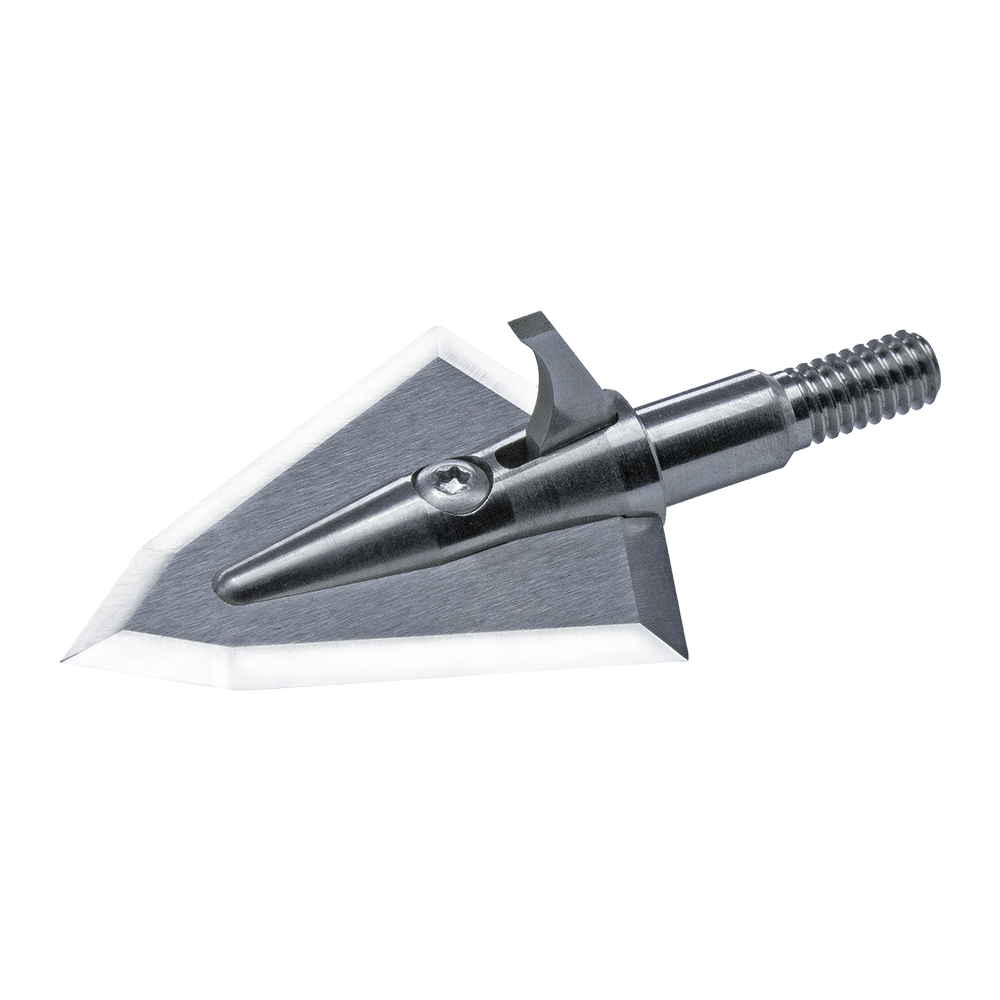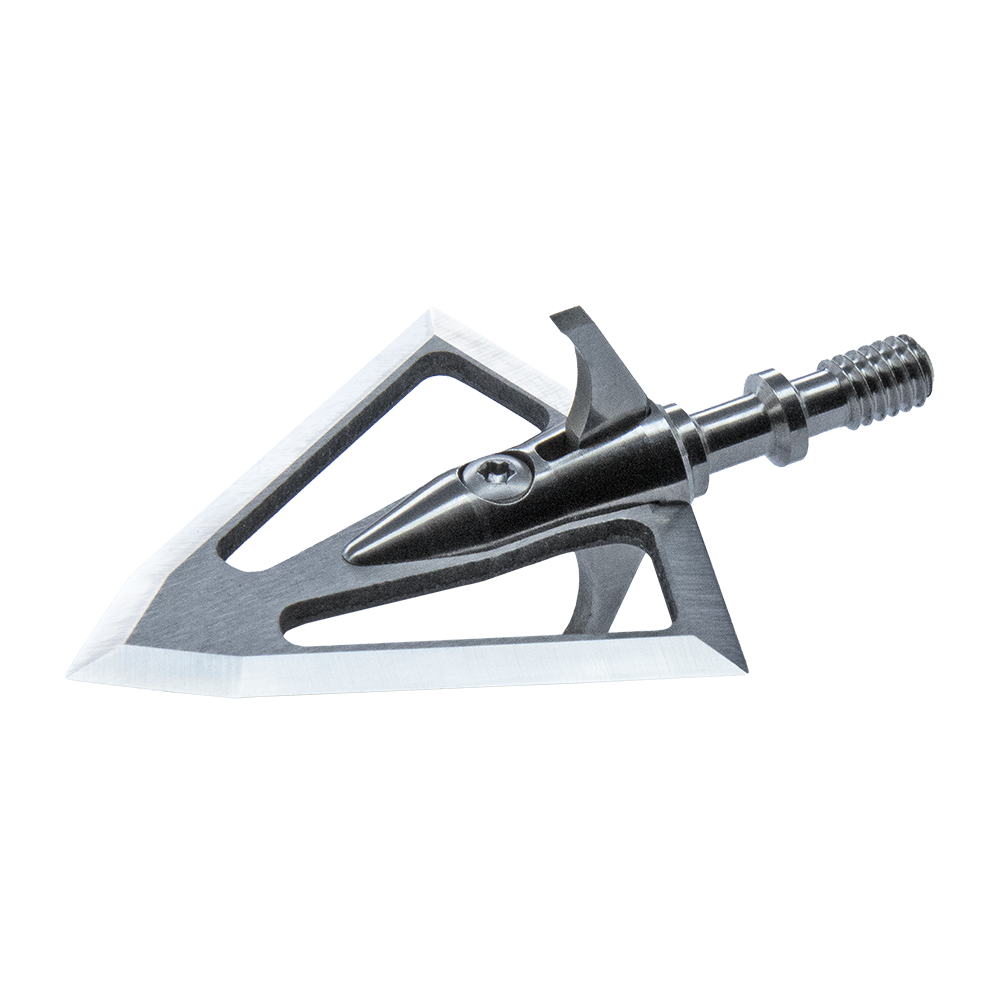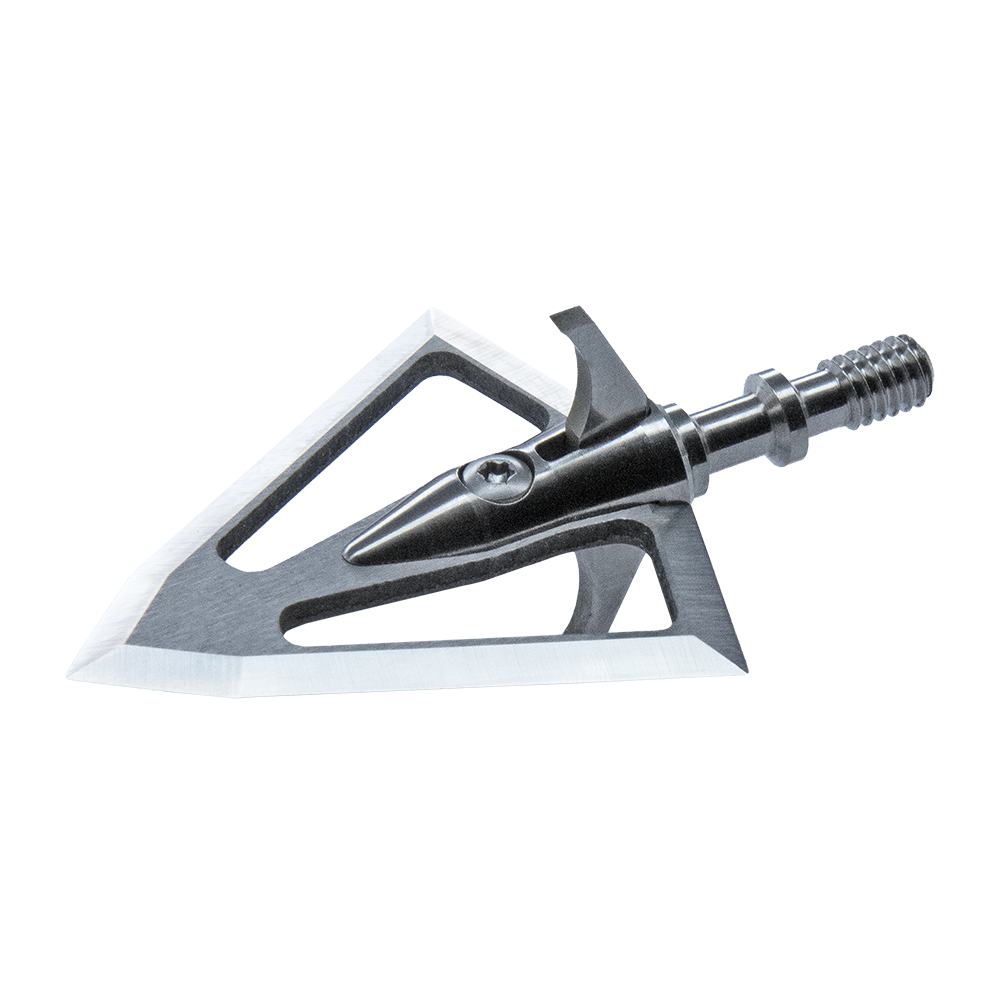When it comes to maximum penetration, lethality, and a good blood trail, a sharp broadhead is paramount.
A broadhead that starts dull or easily dulls during penetration ends up pushing into the animal, whereas a broadhead that starts sharp and stays that way slices its way through the animal. A sharp broadhead reduces the force required to penetrate and severs micro blood vessels during pass through for a better blood trail.
Back at the Iron Will lab, we tested numerous steels to determine their Rockwell hardness. This would tell us how sharp we'd be able to get the steel, and how well it would keep it's edge during tough pass throughs.
Hardness
To measure blade hardness, we conducted a Rockwell hardness test on numerous steels frequently used in mid-high grade broadheads. The higher the rating, the harder the steel. A higher rating correlates to how sharp of an edge the steel can produce.

To better understand the implications of the Rockwell rating, we compared Iron Will broadheads with mid-high grade broadheads under a microscope. To the naked eye, different types of steel look fairly similar. At 200x under the microscope, there's no hiding imperfections.
Under the Microscope
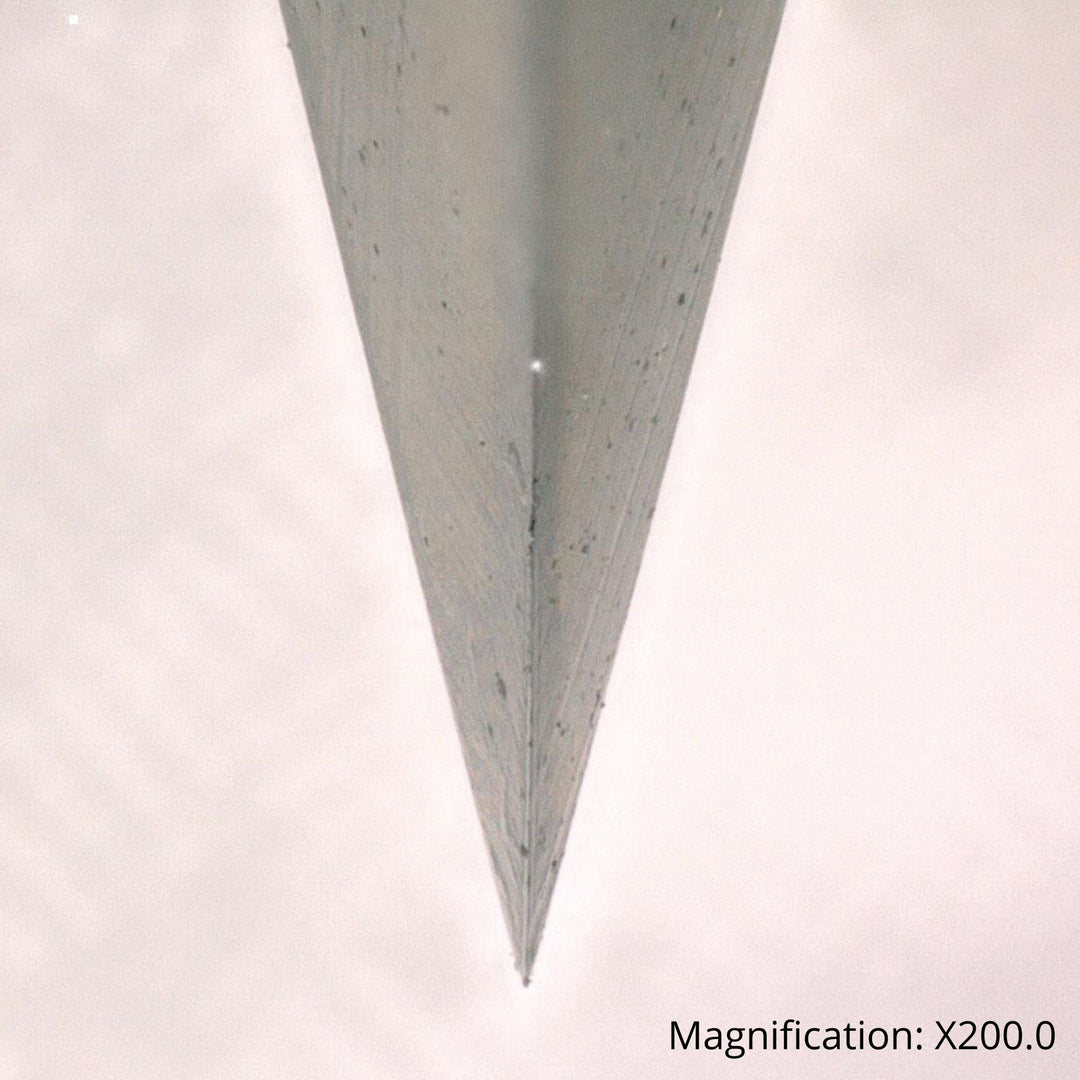
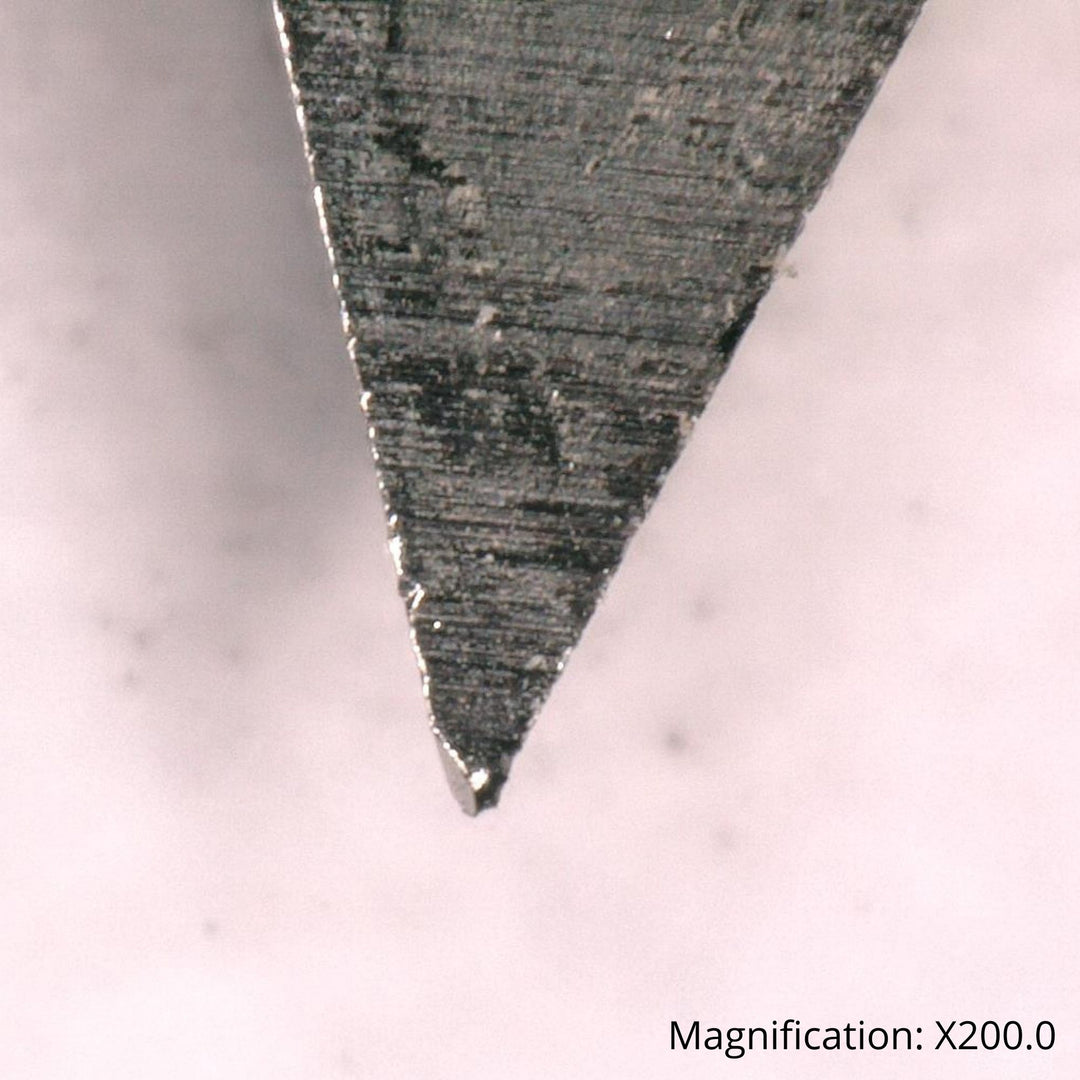
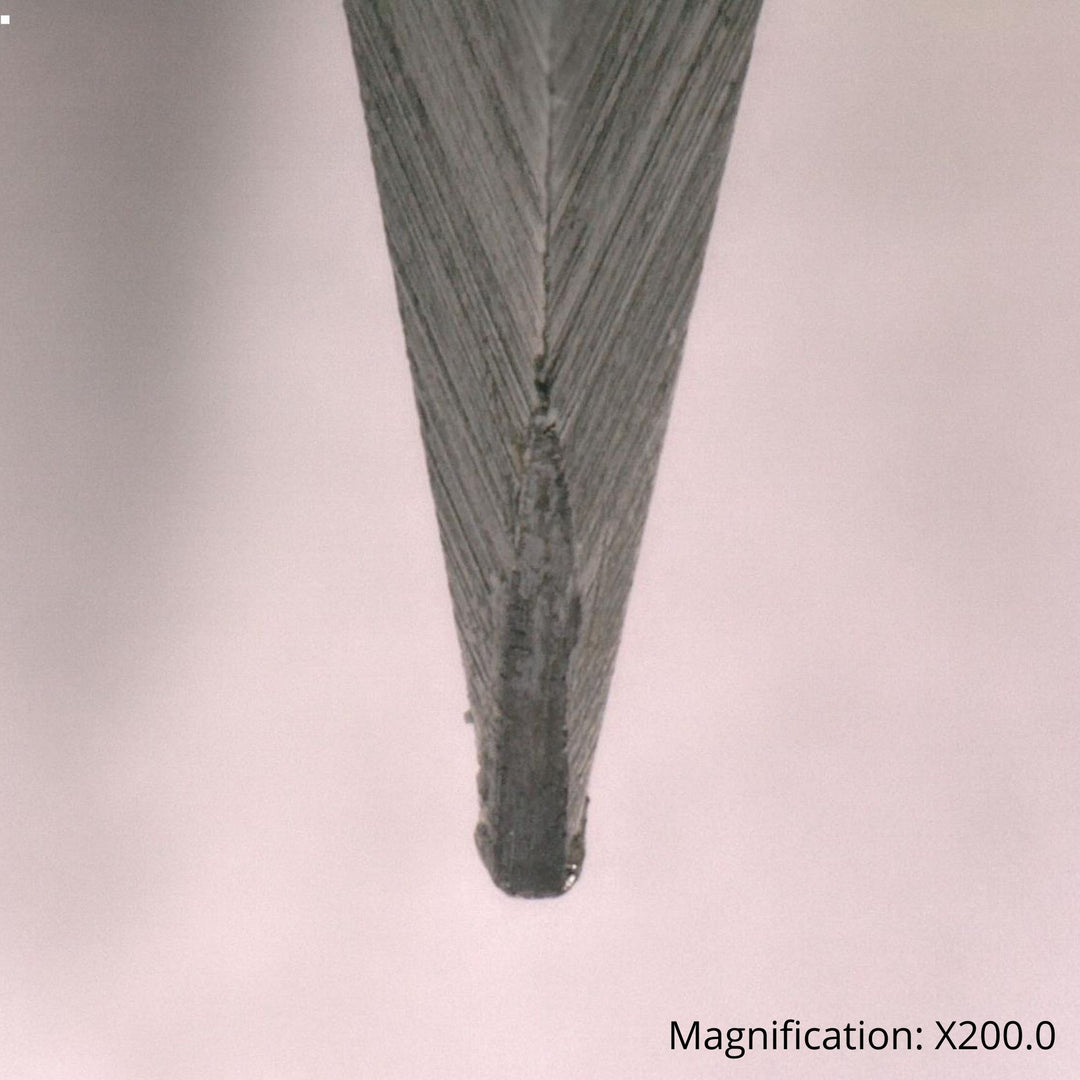
When choosing the ideal steel for broadheads, we knew we needed to start by identifying which steel exhibits high hardness so broadheads start sharp and stay that way. Testing to a 60 HRc on the Rockwell scale, A2 Tool Steel is a clear first choice. Made to work, A2 Tool Steel is most frequently used in manufacturing to cut other steels, for metal stamping dies and punches.
On its own, such a high hardness increases brittleness. To counteract this, we add a proprietary triple temper heat treatment and cryogenic quench that bolsters impact toughness so you can rely on it holding up on hard bone impacts at the moment of truth.





